Trip Logs
Iceland Cruise: Circumnavigating the Land of Fire & Ice Trip Log: September 11–21, 2021

September 11, 2021 | Reykjavik, Iceland
The first staff left for the airport early to meet the first of the guest arrivals at Keflavik. Shortly after, the first guests began to arrive at the ship for breakfast. Strict Ponant protocols for Covid were in place, so each had to present their health documents to the doctor on the wharf and have their temperature checked before boarding the ship. Masks were worn at all times, except when seated for meals and drinks. The stewards were there to help with the luggage and give everything that was coming onto the ship a sanitizing wipe down.
The buses and limousines from the airport arrived throughout the morning and into the early afternoon, and by about 3:00 in the afternoon all the guests were aboard. Almost immediately the staff began the parka and boot exchange in the theater, and despite a run on small sizes in both boots and parkas, almost everyone got what they wanted.
Then, it was time for the mandatory Emergency Drill. The captain gave us the emergency signals and directions to our muster stations and lifeboats. The staff turned out in all the hallways and checked everyone off while guiding everyone to their positions on the ship.
At 6:00, Le Champlain left Reykjavik harbor. After making its way through the harbor mouth, we steamed west, and then south on course for a 9:00am arrival at the island of Surtsey.
After dinner, almost everyone headed for their cabins. At 10:00pm, the sky was completely dark. Then, on the shore to the east above the lights of Reykjavik, a dull and then brightening glow appeared on the horizon. The Fagradalsfjall volcano had begun to erupt in the afternoon after more than a week of quiescence.
This volcano lies close to Reykjavik in a sheltered valley and poses little danger to the city. After 800 years of dormancy, it first began erupting in March of this year, and has proven to be a major attraction for tourists coming to Iceland, with 260,000 of them travelling to view it. From the ship it appeared as a dull but brightening orange plume of steam and smoke that lit up the sky above. At times, the bright yellow streams of lava could be seen flowing out of the crater.
A general announcement was made in the public areas, and many guests showed up with their cameras to catch the show. Those with cabins on the port side of the ship simply had to step onto their balconies for the light show. A few diehards stayed up until 2:00am, and as the ship moved along the coast to the southeast and then to the south, the volcano came even closer and glowed larger and brighter on the horizon.

September 12, 2021 | Surtsey and Heimaey
The captain certainly called the weather, as overnight Le Champlain slipped around the southern side of Iceland in a gentle quartering sea and we all had a quiet and stable night. Overnight the remnants of Hurricane Ida were building up in a slow-moving weather system in the seas between ourselves and Greenland. As we steamed along the south shore, Surtsey appeared on the horizon, with the sea stacks and craggy remains of older volcanoes forming a line of smaller islands to the north along the Vestermann archipelago.
Surtsey first emerged from the sea when a volcano erupted on November 14, 1963, the island growing into a land mass over a span of three and a half years. Its birth was witnessed by the cook of the Icelandic fishing vessel Isleifur who saw a thick black column of smoke rising from the sea. He alerted the captain who, believing that the smoke was from a vessel in distress, steamed towards the disturbance to render assistance. On arriving at the site, they found the sea boiling into steam as hot lava at nearly 1000 degrees Celsius was violently reacting with the cold seawater and blasting steam and smoke explosively into the air, reaching as far as fo
Over the next few years, successive eruptions built Surtsey into a stark black volcanic island spanning one square mile and some 550 feet tall. It was soon named after the Norse fire god, Surtr. It is rumored that two French reporters were among the first to land on the island, jokingly declaring the new land for France. The Icelandic government soon voided those plans. Almost immediately the new island was declared off limits. It became a scientific research site and subsequently an UNESCO World heritage Site in 2008.
Over the last 54 years, the island has been halved in size by the relentless pounding of the North Atlantic, while attracting a diverse array of plant and birdlife. The island harbors a large gull colony, a variety of other sea birds and more than 69 species of plants, including a tomato plant that stowed away with a human visitor.
Le Champlain made a full circle around the island, giving everyone a full view. Jason Hicks, the geology lecturer gave a running commentary. As we ran north, weaving our way between the craggy islands and sea stacks of the Vestermann Islands, we were shadowed by Northern Gannets, large birds with striking white bodies, contrasting black wing tips, and piercingly long, colored beaks for spearing fish. We were lucky to see them, as were right at the northern edge of their range.
The star of the bird show was a Northern Fulmar that swooped beside the stern of the ship and across our wake. This bird is a scavenger with a large and sensitive tube nose on top of its beak that has evolved to detect faint scents in the air. It has grown its population in the last 50 years along with the fishing fleets of the northern Atlantic. The Fulmar follows the fishing vessels and feeds off the offal discarded in their wake. A few groups of one to three puffins also flew by, even though it was late in the year for them.
In the afternoon, Michelle Valberg gave her photography lecture, “Composition and Creativity.” Then, Matt Messina presented “Whales and Dolphins of Iceland.” Later that evening we dressed up in our finery for the Captain’s Welcome Dinner and an introduction to the officers of Le Champlain.

September 13, 2021 | Seydisfjordur
After a calm transit overnight, we arrived in the deep fjord next to the fishing port of Seydisfjordur. The winds were light and the skies were cloudy with an occasional light scattering of raindrops. The first tender with staff left the ship at 7:45am, and by 8:15am the first passengers were off on their respective trips. Two groups hiked to the waterfalls, another group went on a tour of the town, and the last made the ride by coach and 4X4 to Skalanes to see the eider ducks.
The waterfall hike was a moderate effort on a beautifully managed trail. The waterfalls were spectacular, the guides enriching each stop with local folklore about elves, dwarves and trolls. The moral of most stories was, “Don’t mess with the elfin folk.”
All were back on board by 5:30pm, with recap at 6:30pm. Nicki D’Souza gave an overview of the next day’s activities in Djupivogur, while Jason Hicks the geologist discussed the formation of the volcanic island of Surtsey, and Brent Houston appealed to the ornithologists in the crowd to keep an eye out for the Northern Fulmars.
Later that evening while still at anchor, we were roused from our cabins by Nicki to come out and catch our first glance at the Northern Lights. As we steamed out of the fjord, and the surrounding light pollution fell away, the lights could be seen, albeit faintly with the naked eye. The cameras really captured what was going on around us, and some wonderful images were captured.

September 14, 2021 | Djupivogur
The day dawned sunny, with blue skies in all directions. Not that it stayed that way for the entire day. A little drizzle and double rainbows in the afternoon changed the tempo only a little. The first group left a little earlier than usual as they had a long, but spectacular drive of nearly two and a half hours down the coast to Jokulsarlon. There they entered the Vatnajokull National Park (a UNESCO Heritage Site) and boarded an inflatable for a glacier cruise.
The second group of passengers had a later start, touring the cultural and scenic highlights of Djupivogur. This included a walk across to the “Eggs of Merry” art installation along the shore, where 34 huge bird eggs carved in granite are displayed on concrete plinths. The highlight of the trip was the singing of two soulful ballads in a fish oil tank that had amazing acoustics. The singer artfully projected her voice in different directions so that the echoes harmoniously combined on their return to the audience. The venue does not look like anything at all when we entered, but the performance was extremely memorable. Everyone agreed that they could have happily stayed there a lot longer.
The tour continued to Audunns Mineral Collection, hosted by the owner, SteinaSafn Audunns. He has amassed an amazing collection of Icelandic Agates and Geodes, along with a huge range of other Agates from other countries.
The afternoon tour headed south of town to explore some scenic vistas, returning for a short tour of town. Many of the town’s 18th-century buildings now house coffee shops, museums, offices and local meeting places.
All were back on board soon after 6:00pm. Le Champlain headed north out of the fjord and west to the Arctic Circle and the Isle of Grimsey. Nicki D’Souza reviewed the walking tours available on Grimsey, and what we could expect to see when we visited the Arctic Circle. Then, Jason Hicks discussed the origins of chert, jasper, agate and chalcedony. Later, Michelle Valberg showed us how to adjust camera settings to achieve the perfect silky waterfall pictures. Finally, Caroline gave an overview of the whooping swans that were spotted on the drive to the park.

September 15, 2021 | Grimsey and the Island of Hrisey
The morning was spent at sea in bright sunshine as we cruised around the east coast of Iceland and then westward along the north coast on our way to Grimsey. The island of Grimsey is renowned as Iceland’s northernmost point and one of the few pieces of land in this region that lies within the Arctic Circle.
The Arctic Circle is officially defined as the line of latitude north of which there is at least one full day of darkness and one full day of light per year. Below this line the sun always sets at some point in the day, so there is a period of darkness that we would call night. Above this line, there is always at least one day of midnight sun, or a day when the sun does not set.
Here, the Arctic Circle mostly spans the open ocean of the North Atlantic between Norway and Canada, so finding it on land is a novelty. Due to a small but measurable change in the angle that the earth spins relative to the sun, the precise location of the Arctic Circle moves on a 41,000-year cycle. Currently it is moving 49 feet north every year. It first moved onto the southernmost tip of the island of Grimsey in the year 1717, and it is expected to be on the island until 2047, when it will move off the island’s northern tip.
In 2017, an enormous art installation, Globus et Orbis (Circle and Sphere) was erected on Grimsey. The 17,600-lb. concrete ball marks the position of the Arctic Circle for that year. The artist’s original plan was to move it the necessary 15 meters every year to mark the progression of the Artic Circle. Grimsey does not have any large earth moving equipment, so logistics dictate it is only moved once every few years.
On our approach to Grimsey, we rounded the northern tip of the island, officially marking our crossing into the Arctic Circle and the land of the midnight sun. Upon arriving off Grimsey’s shore at midday, the swells were too big for tender operations. Without adequate harborage, Le Champlain sailed 30 miles to the Island of Hrisey in the fjord just north of Akureyri.
The weather was excellent in Hrisey, and we had all been on the ship for long enough. With staff guiding the way, the passengers landed by tender in the small harbor and hiked along the cliffs to the east coast of the island and then back to town.
Back aboard in the evening, Nicki D”Souza gave us a briefing for the next day’s visit to Husavik. Then, Jason (Arctic Circle), Mark (History of Iceland), Michelle (Photo of the Day) and Matt (Plants of Hrisey), finished off the evening with a recap before sending the guests off to dinner.
However, the day was not over. Late in the evening as we sailed south down the fjord, a beautiful Aurora appeared off the west side of the ship. The fjord was dark on that side, and the light show was spectacular for the next hour until we docked in Husavik.

September 16, 2021 | Husavik
Sunrise in Husavik at 3:11am led to a spectacular light show as the orange glow lit the mountains to the west of the port across the bay. The day was sunny with high clouds and no rain as the guests divided up into two groups, one to go whale watching in the bay on a restored Norwegian trawler, and the other to ride into the interior of Iceland to view the spectacular waterfalls and lakes of the Lake Myvatn region.
While the whale watching was spotty, the weather and calm seas were pleasant. The trip to Lake Myvatn started with a two-hour drive from through one of Iceland’s most volcanically active regions at the north end of the Atlantic mid-ocean ridge. Some of the region’s black cinder craters are less than 2,000 years old and look as if they erupted only yesterday. The lake itself was formed by a moraine that dammed the area at the end of the last ice age some 12,000 years ago, while many of the mountains were formed by ancient volcanoes that emerged from under the ice.
We stopped at the lake and walked atop of one of the volcanic structures, a pseudo-crater where thick, hot lava flowed over a wet swamp. The heat from the lava boiled the water in the swamp while the weight of the colling rock held the steam down until huge pressure built up and exploded through the lava forming a perfect crater.
After lunch we moved to the spectacular lava structures of Hallarflot. This rugged area hadn’t been grazed by domestic animals as the surrounding area had, so the native Icelandic flora was on full display with the beginnings of its fall colors showing. Cast by the signs as “The land of the trolls,” several caves have been set up along the walking paths with troll furniture and utensils. At Christmas a troupe of local “trolls” put on shows for the children, playing the part of the 13 Yule Lads of legend.
From there the group went to Godafoss (waterfalls of the Gods) and walked down to take in the majesty of the falls running at full force. Legend has it that the local Icelandic chieftain converted to Christianity, and as a sign of his newfound faith, he cast all the effigies of the ancient Nordic gods into the pool at the foot of the falls. Then it was a long coach ride back down the valley to the ship, just in time for a Zodiac briefing in preparation for the next day’s activities, followed then dinner and then bed.

September 17, 2021 | Akureyri
During the night, the ship sailed slowly west to the next fjord. When we awoke in the morning, we were docked at the port town of Akureyri. This is the largest town in the northern part of Iceland, with most of the population living near Reykjavik in the southwest. This region was colonized by the Vikings very early in Iceland’s history, around the ninth century.
The day was cloudy, but we avoided the rain yet again. One group spent the morning touring Akureyri, visiting the museums and botanic gardens. Another went by coach to the Godafoss falls, and then on to a lunch stop at a local farmhouse for what has been touted as Iceland’s best waffles.
The third group started off with a short coach ride to the Laufas turf houses. This historic site’s preserved farmhouse complex exemplifies the traditional method of Icelandic house building. Always short of large timbers which often had to be brought in by ship, turf was the standard building material for hundreds of years. Cut from meadows along the shores of the fjord, the eight-inch slabs of turf are bound with grass roots and stacked to form three-foot thick walls. Managed by the church, the modest structure was considered a manor by the standard of the day. The oldest parts of the buildings date to 1840, with the structure’s additions dating to 1866-1870. Its last church minister was resident there until 1936.
From there, the group went to the Hauganes Fish Factory for a demonstration on codfish preparation and a tasting of the Icelandic delicacy, Greenland Shark. Those who were brave enough to sample this pungent fare were awarded a personalized card confirming their newfound membership into the elite “Rotten Shark Club.”
After returning in the afternoon, some guests opted for a Zodiac tour of the Akureyri harbor and fjord, taking in the hot geothermal waterfall that spills into the east side of the bay.
All guests were back on board by 4:00pm. Soon after that ‘Le Champlain’ left for our next destination, Isafjordur. At recap later that evening, Nicki briefed us on the activities of the following day, Matt Messina then gave a talk on the marine biology and astonishing age of the Greenland Shark (some specimens are believed to live up to 500 years), and Michelle reviewed the photos she had taken. Then it was off to dinner and bed.

September 18, 2021 | Isafjordur
The next morning around 6:00, ‘Le Champlain’ docked at Isafjordur in the Westfjords region, Iceland’s westernmost peninsula. Home to about 2,600 people, Isafjordur is set on a fjord within a fjord, providing a large protected harbor for the local fishing fleet.
There were four tours and a kayaking experience available for the guests this morning. Russ Manning, our resident Royal Marine Commando and boat handler extraordinaire, swiftly took control of the kayaking expedition. The trips were successful, as the morning was sunny and calm with only a few ripples disturbing the water’s surface. Discretion was the watchword of the day, and there were no reports of any guests getting wet.
The other groups toured the local fishing villages and farms by coach, while the last group set out on a walking tour of the historic town and the troll and elf mythologies of the surrounding mountains. In the afternoon, a small group regathered to take a cultural and botanical tour of the surrounding area.
Afternoon tea was followed by Matt Messina’s lecture entitled “Arctic Oceanography.” At 7:00pm ‘Le Champlain’ departed for our next destination, the waterfall of Dyndjandi. Our expedition leader, Nicki gave a briefing for the next day, followed by Paul Carter’s humorous recap of unfortunate photoshopped images. Michelle wrapped up the evening with a review of the days photographs. Then it was on to dinner and bed.

September 19, 2021 | Dynjandi
Overnight, ‘Le Champlain’ sailed around the Westfjords to the cascades of Dynjandi, a point where the Fjallfoss waterfall empties into the ocean. With the ship anchored in the middle of the bay, the Zodiacs brought the guests ashore. The shallows of low tide made the landing tricky, with two crewmembers donning chest waders to maneuver the boats though the shallows by hand.
Once ashore, we hiked a trail up the south side of the river, past five smaller waterfalls and over a series of short climbs that led to a large rock ledge at the foot of the largest waterfall. The adventurous walked out on the ledge to have their photographs taken amid the boiling spray of the waterfall cascading some 300 feet above their heads. From the trail, we took in the stunning sight of ‘Le Champlain’ bathed in beams of sunlight at anchor in the bay surrounded by the mountains beyond.
The hikers returned to the ship by midday for a well-earned lunch as ‘Le Champlain’ set sail for Grundafjordur. In the early afternoon, geologist Jason Hicks gave a lecture on climate change as we sailed out of the Westfjords. Around 4:00pm, we left the main fjord for the open sea. An hour later the iconic cliffs of Latrabjarg came into view, Iceland’s westernmost promontory and a haven for nesting seabirds. The seas were calm and the visibility excellent, affording a spectacular view of the cliffs.
At recap in the evening, Nicki briefed us on the next day’s landing in Grundarfjordur, Russ recalled the history of Iceland as a Crossroads of the Atlantic, Caro spoke on the unlikely topic of Icelandic Bananas, and Michelle shared time lapse photographs of the waterfalls at Dynjandi.

September 20, 2021 | Grundarfjordur
In the early hours of the morning, ‘Le Champlain’ docked in Grundafjordur, a fishing harbor dominated by the sharp triangular peak of the Kirkjufell (obscured this morning by low clouds). Iceland’s fickle weather would feature prominently in the day’s three excursions by coach. The first group followed the coast to Snaefellsjokull glacier, the second excursion toured the historic town of Stykkisholmur via the lava fields, while the third group embarked on a Viking Sushi Boat Tour. The tour of the lava fields and Stykkisholmur set out under cloudy skies and a gentle rain, while the trip to the glacier enjoyed periods of bright sunshine with bright blue skies.
The Stykkisholmur group explored the Norwegian House (Norska Husio). Built in 1832, it was Iceland’s first wood-frame residence with two full-sized stories. The house was built of wood imported from Norway in the late 1800s by a Norwegian merchant. It remains fully furnished with period pieces, artwork and antiques. The attic revealed a treasure trove of antiques donated by the townspeople over the last hundred years.
Back at Grundafjordur, the three groups reconvened at the Kirkjufell waterfall to take in a lovely view across the town. The wind blew away the low clouds, revealing the peak Kirkjufell mountain. Lunch was served back on board as the various tours came back to the ship. Following Paul Carter’s disembarkation briefing, guests took their final Covid test of the trip. At 5:00pm, Matt Messina showed a farewell video featuring spectacular drone footage of the humpback whales we had encountered near Akureyri. In the early evening, ‘Le Champlain’ departed Grundafjordur for Reykjavik. Then it was off to dinner and bed on our last night aboard.
September 21, 2021 | Hafnarfjordur, Reykjavik
‘Le Champlain’ docked at 4:00am in Reykjavik’s harbor of Hafnarfjordur, back where we had started nearly two weeks before. All the Covid tests of the previous day came back negative, so there were no final obstacles. The ship bustled for the next few hours as the guests came down to the registration desk and then followed their luggage onto the quayside for their ride back to their next destination. For the guests staying in Iceland for a few more days, it was a limousine to a local hotel. For the rest it was a coach or car to the Keflavik airport and the plane ride home.







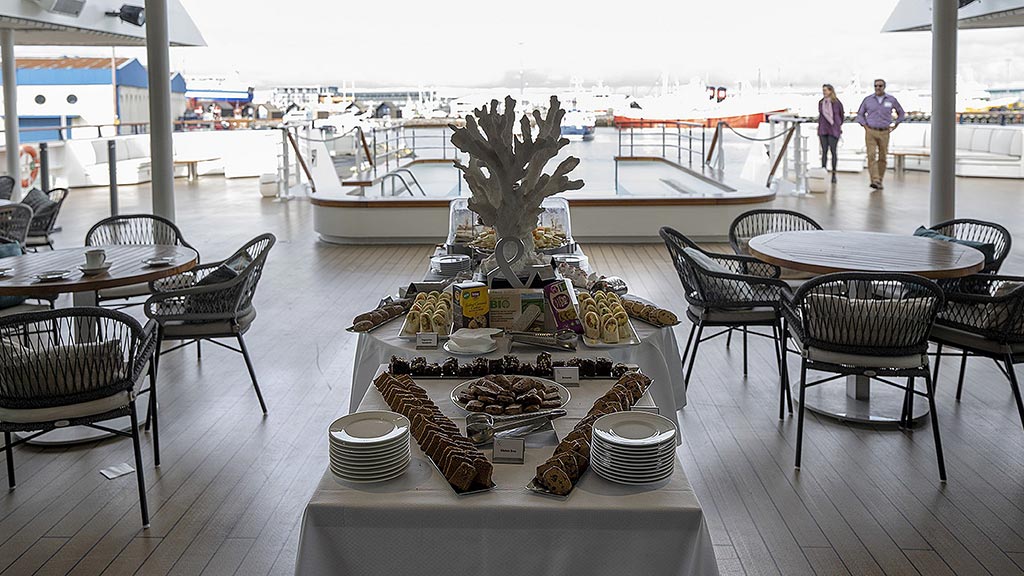
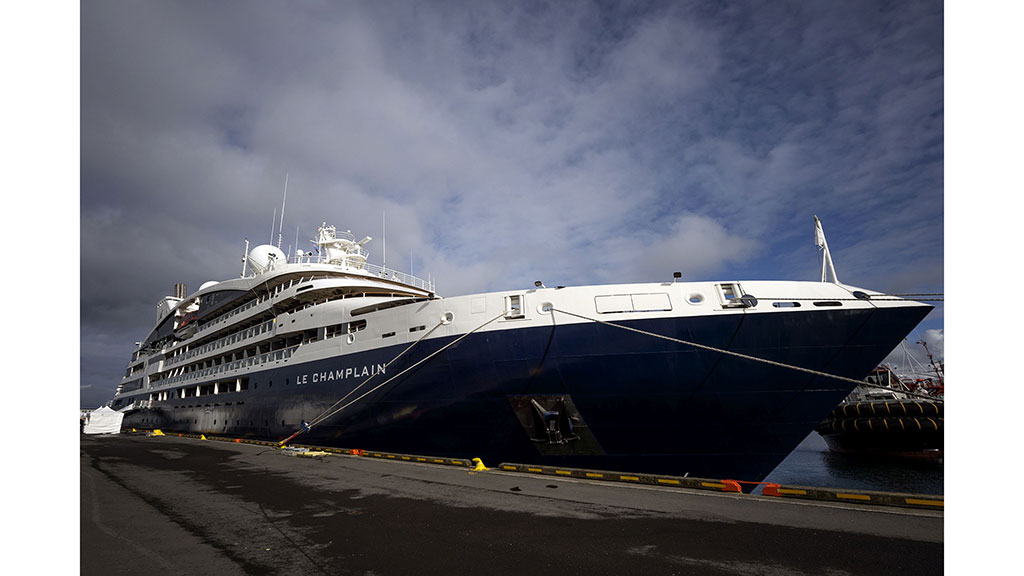
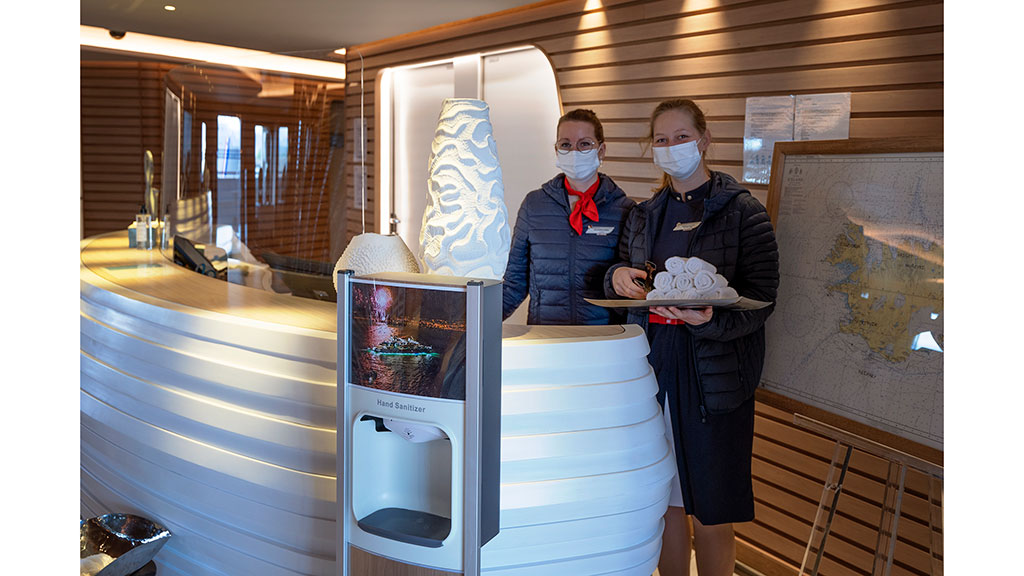
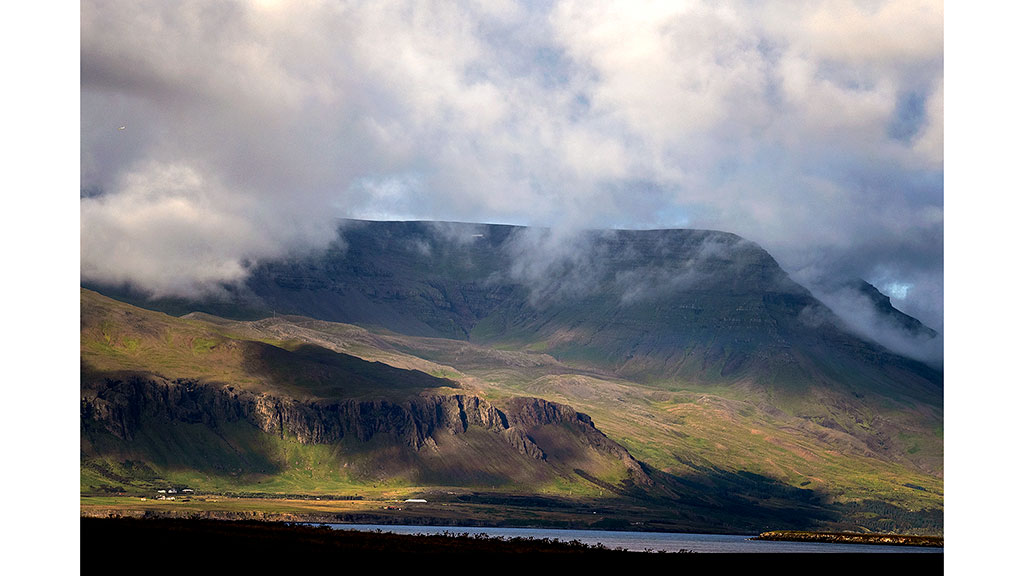
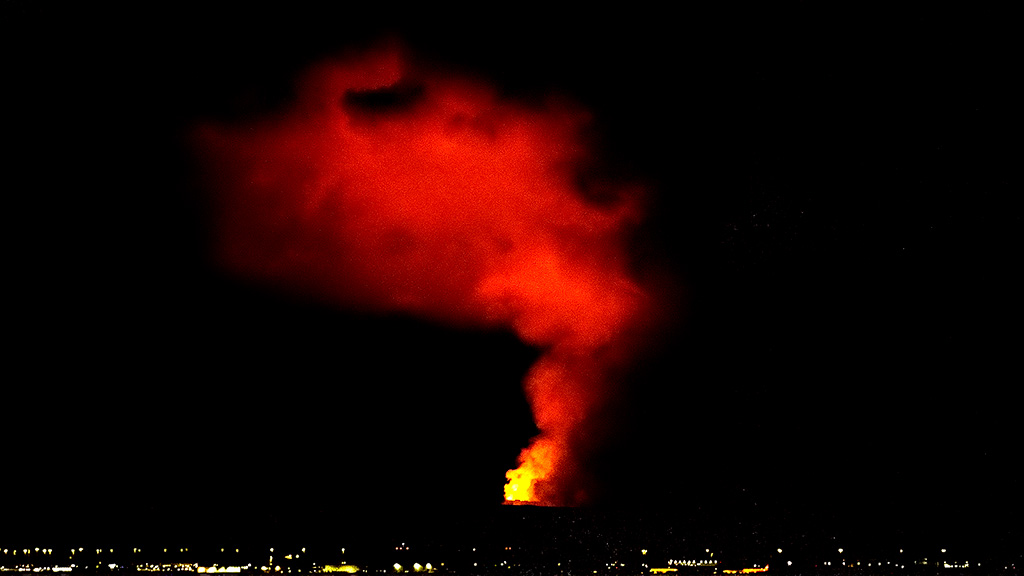
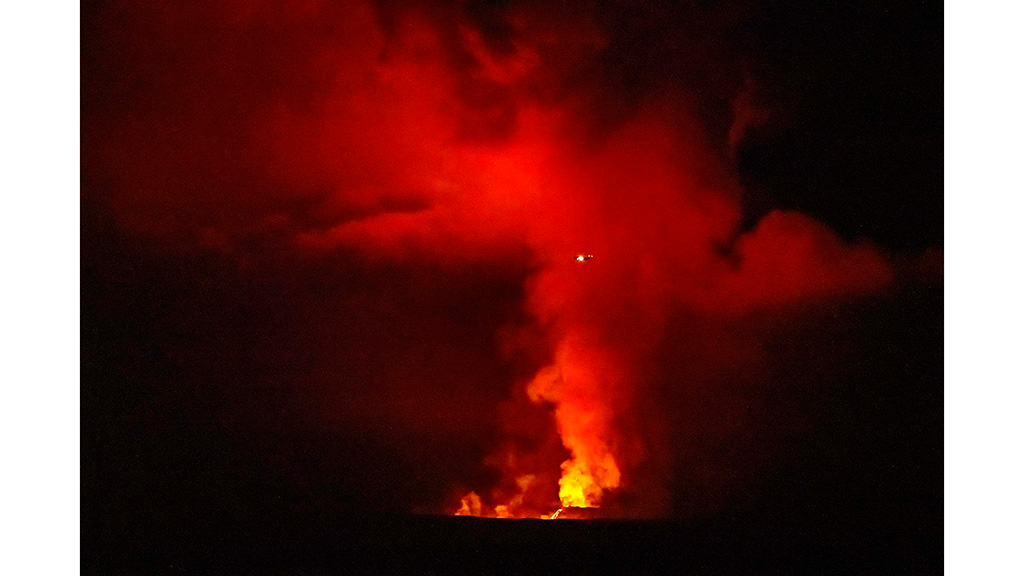




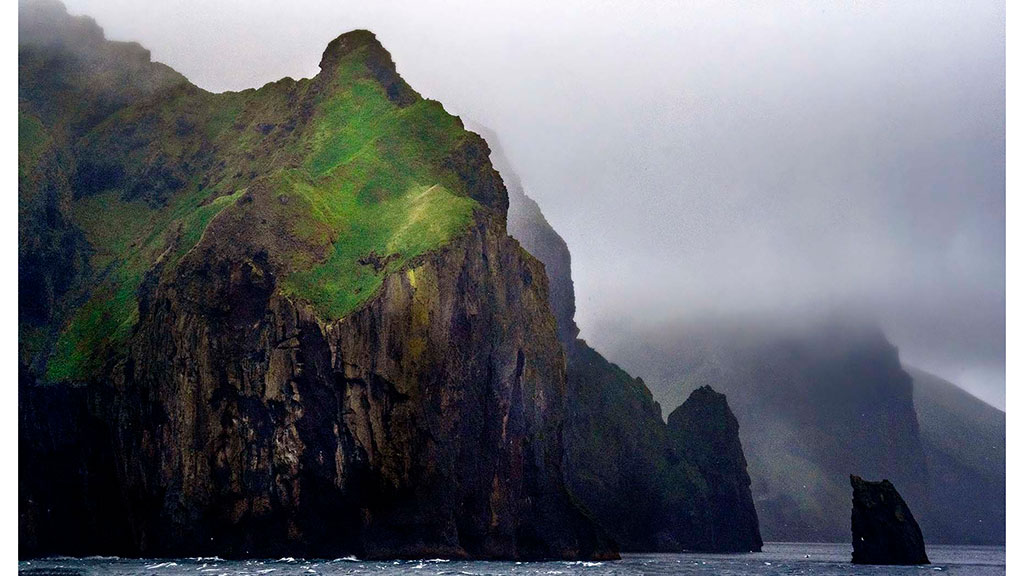
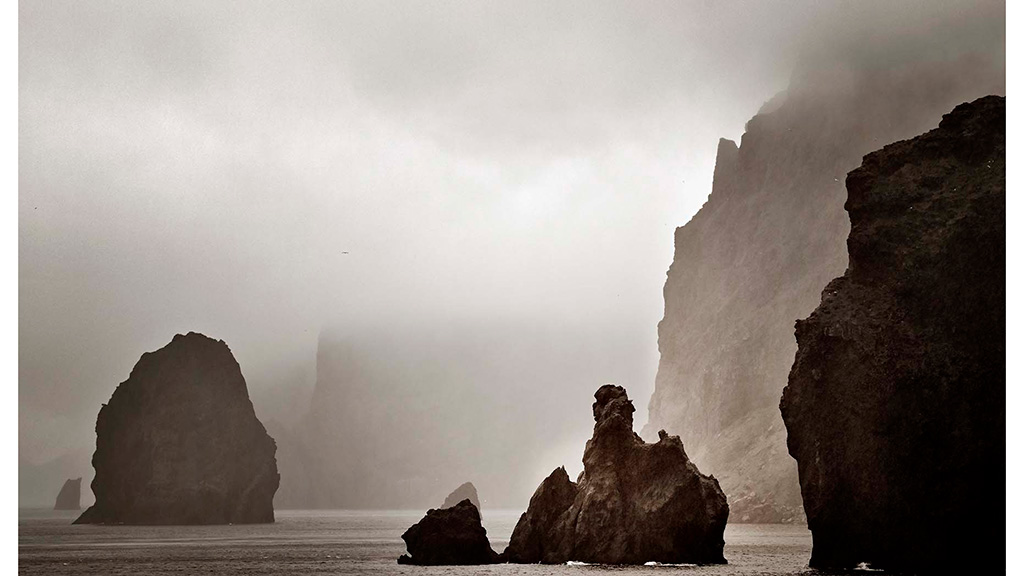
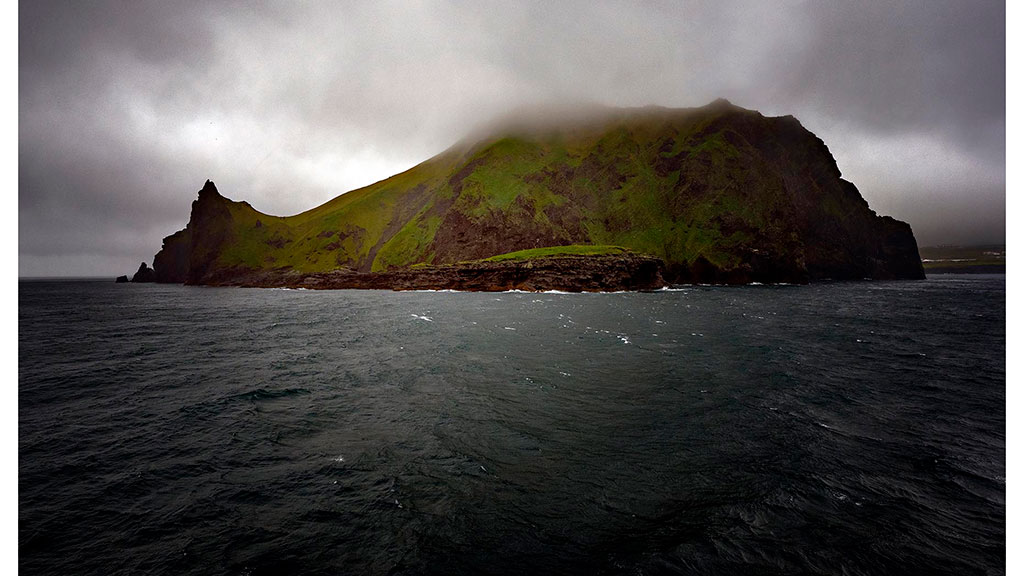
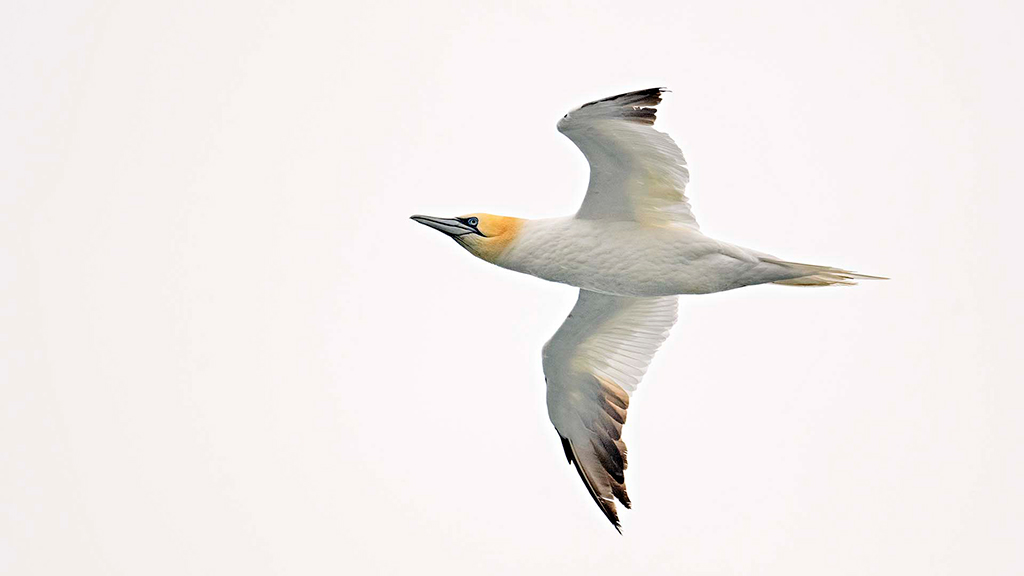










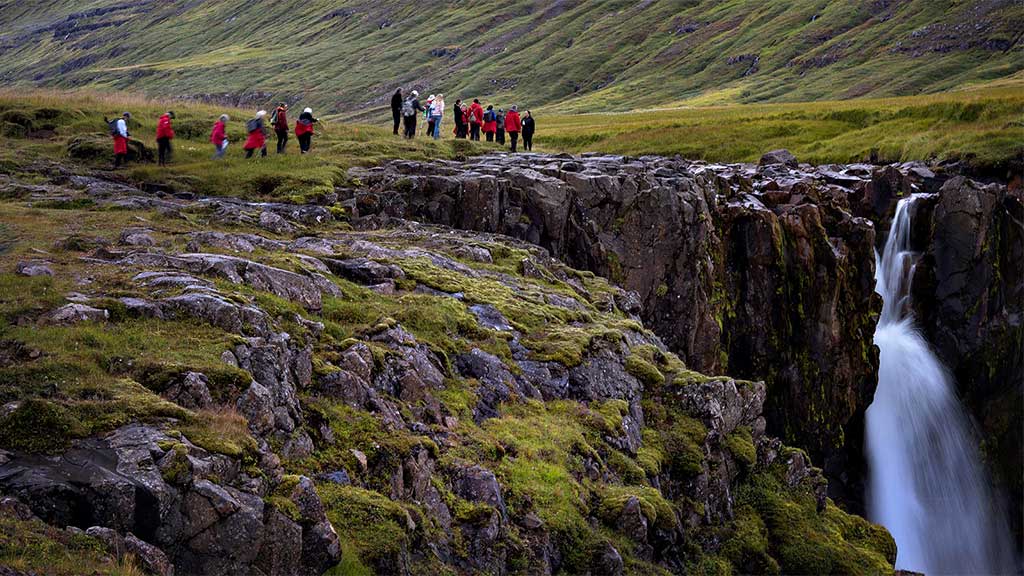
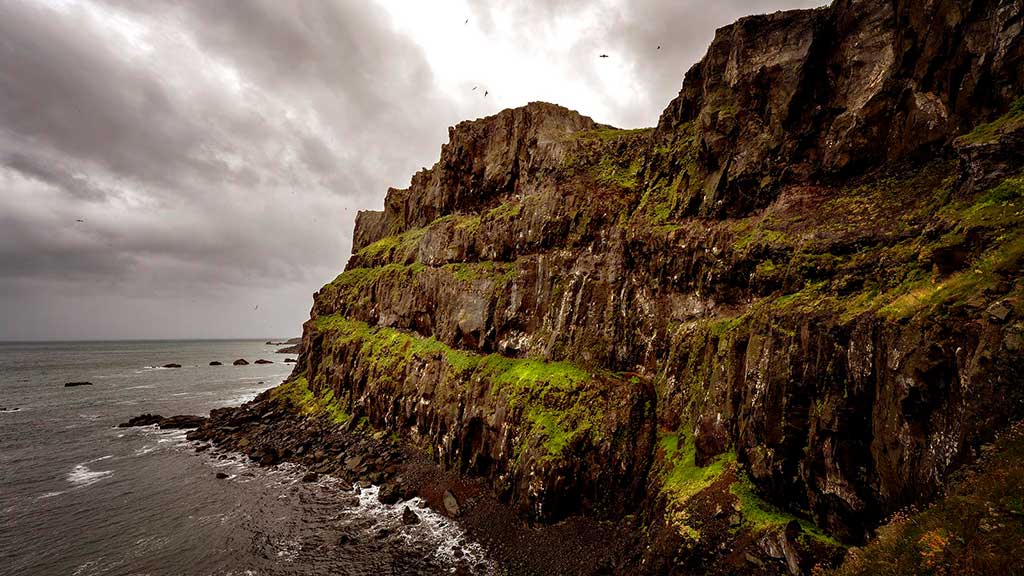
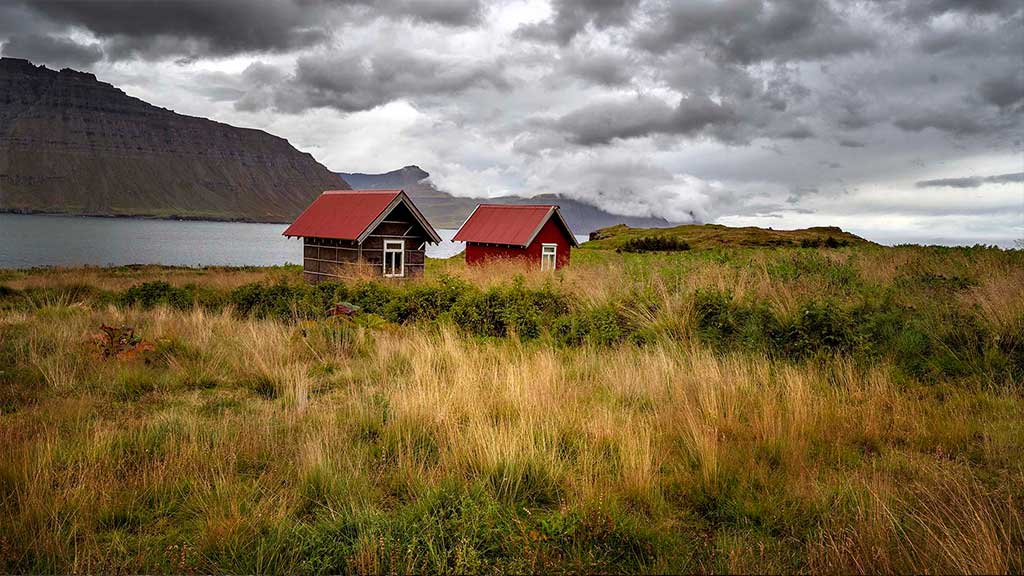
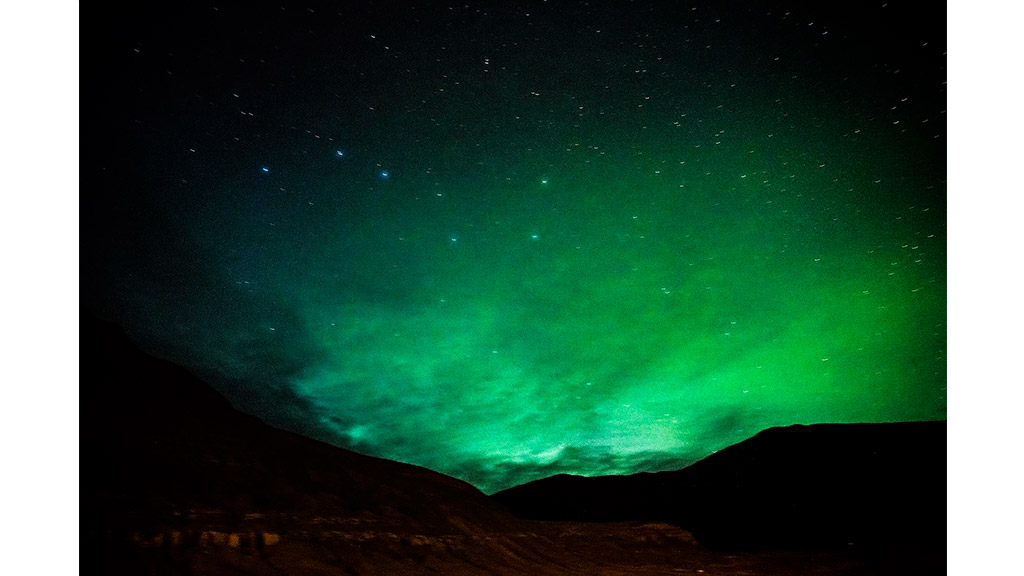
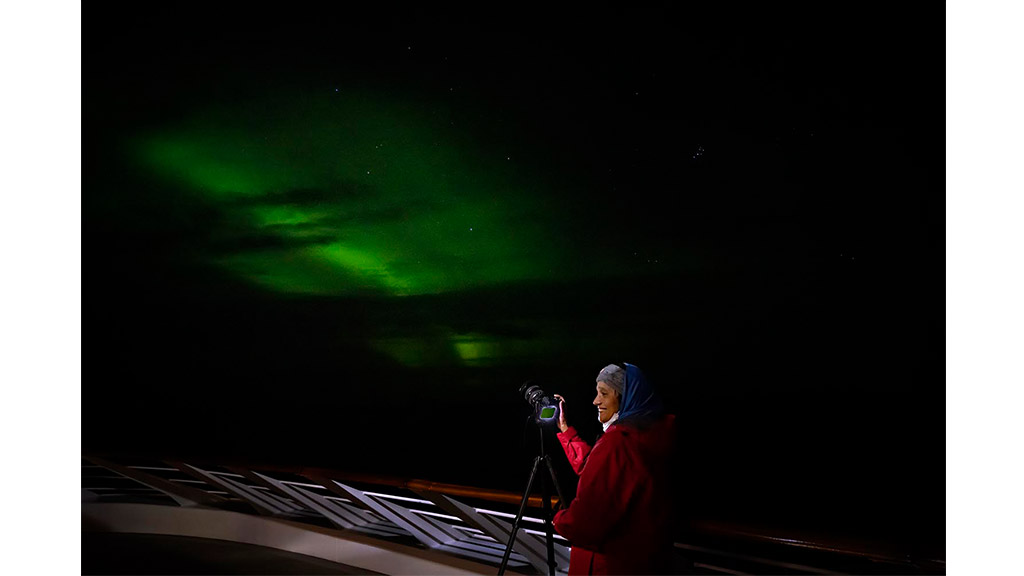
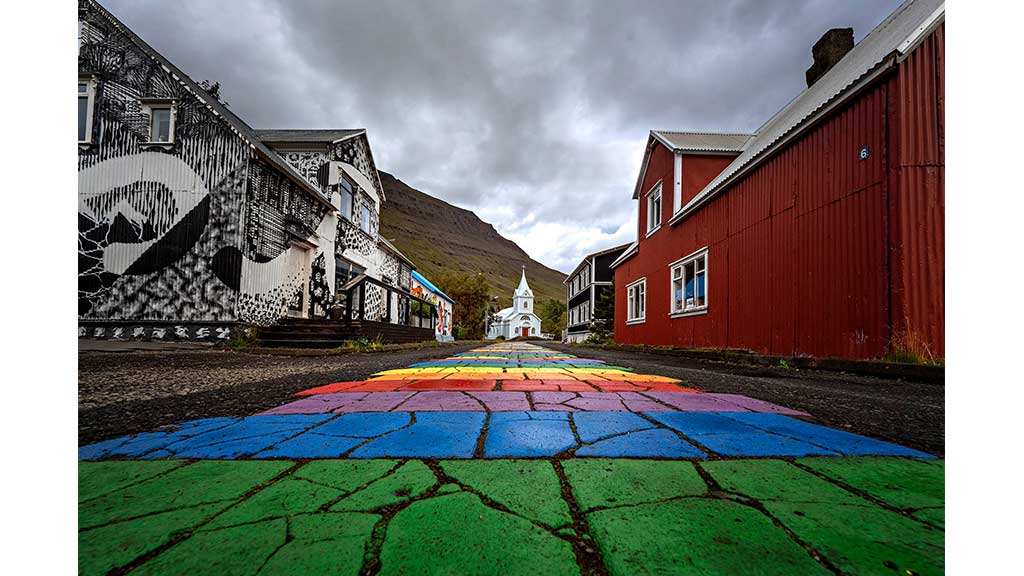
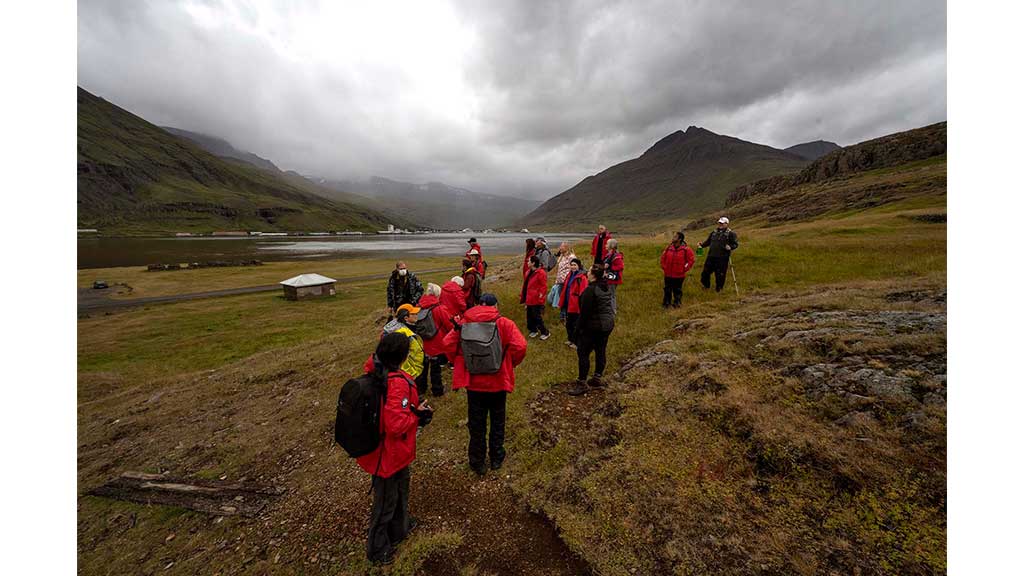
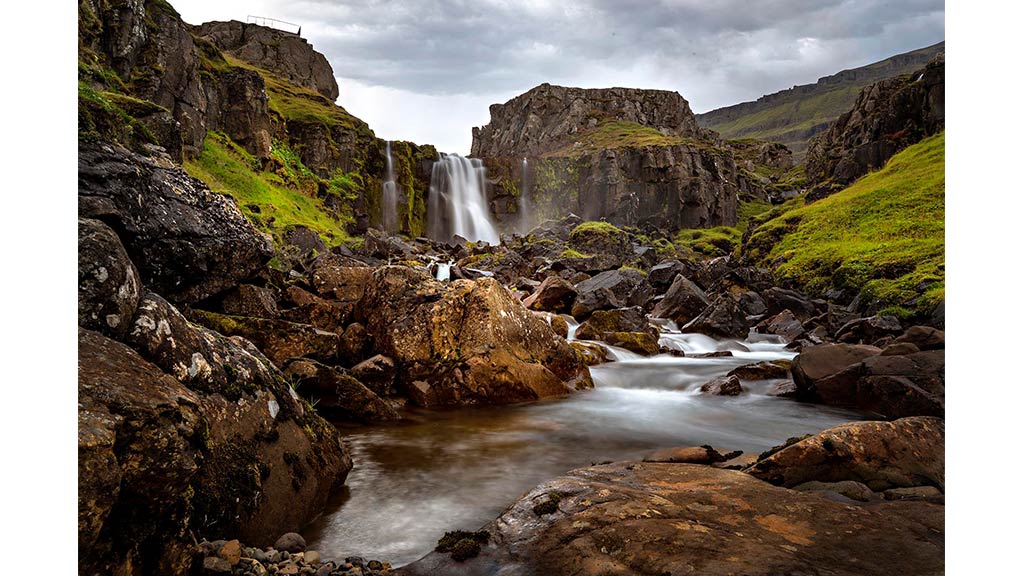
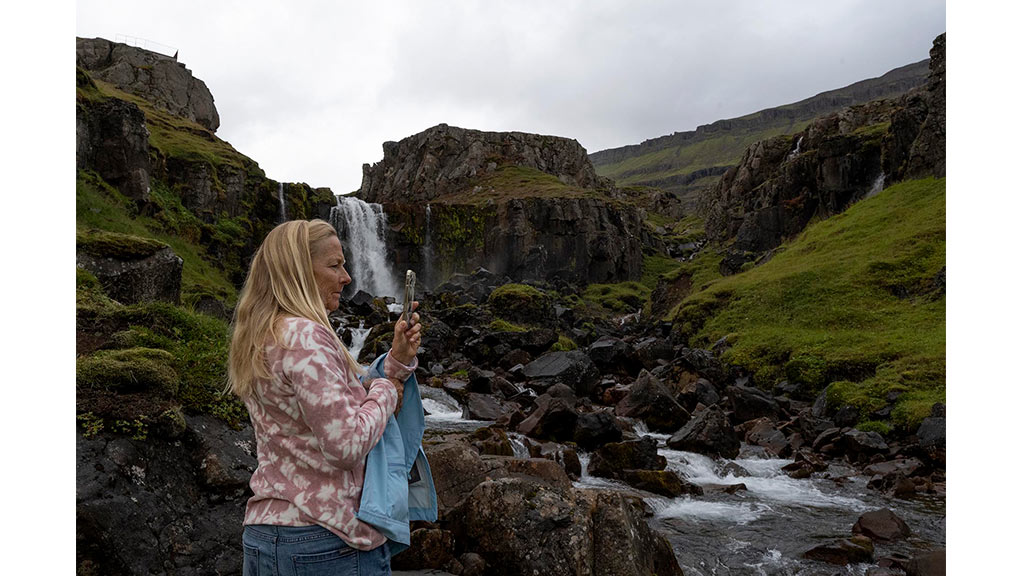
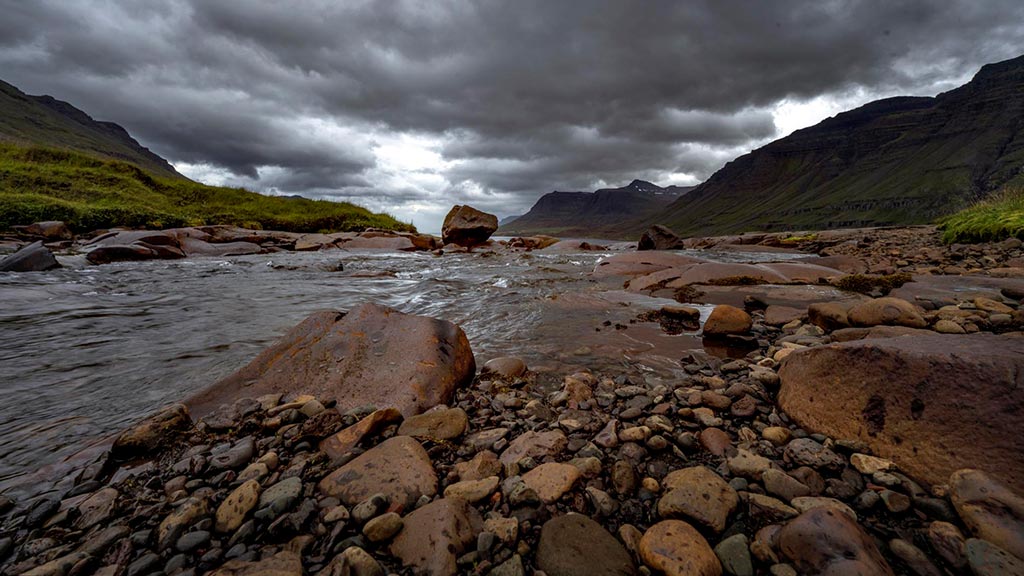





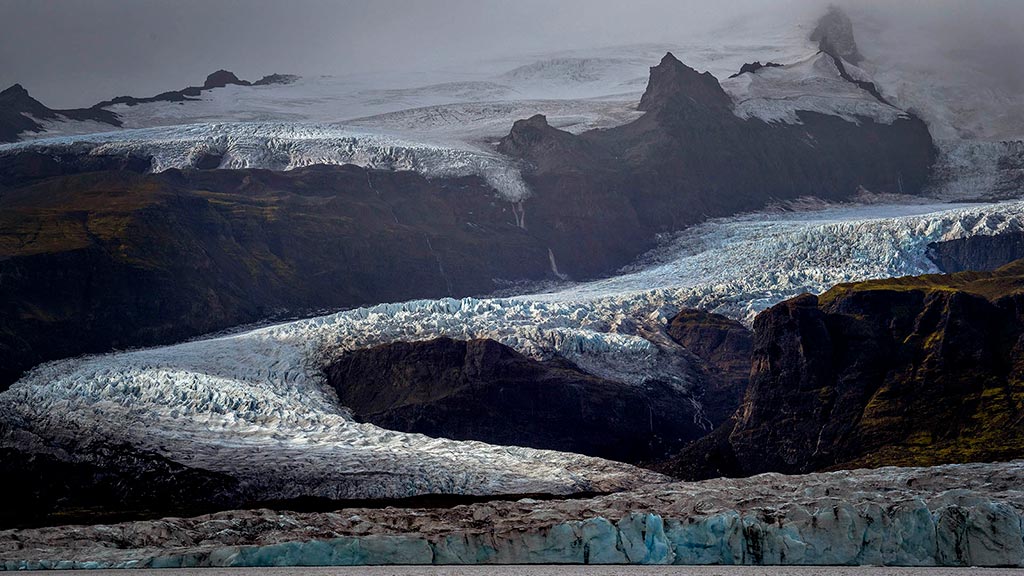
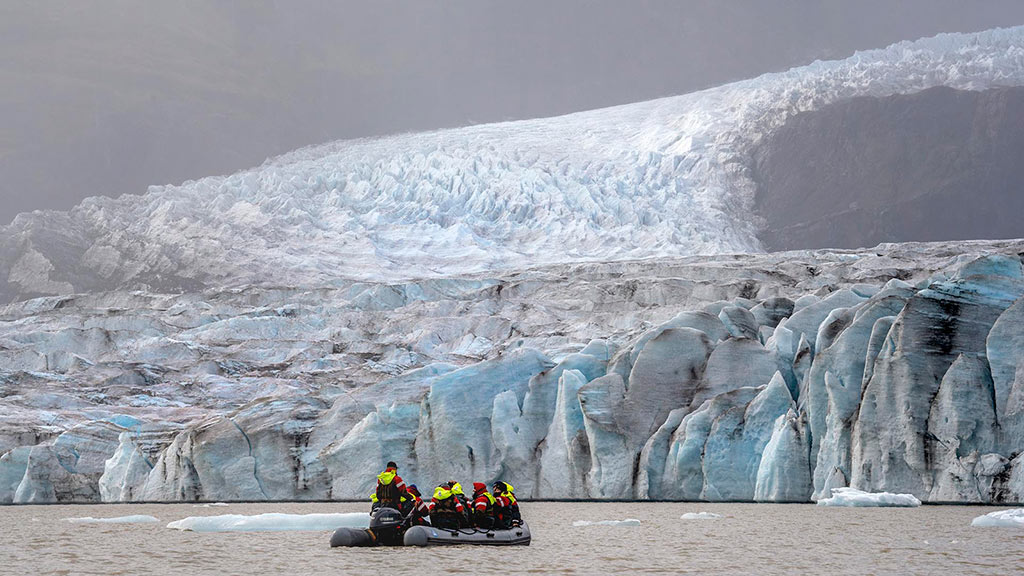
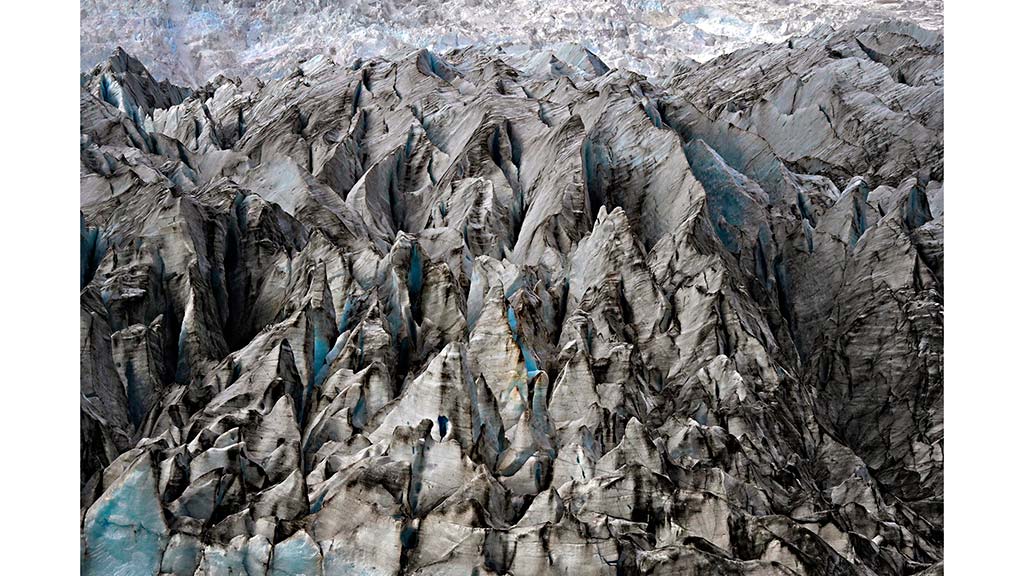
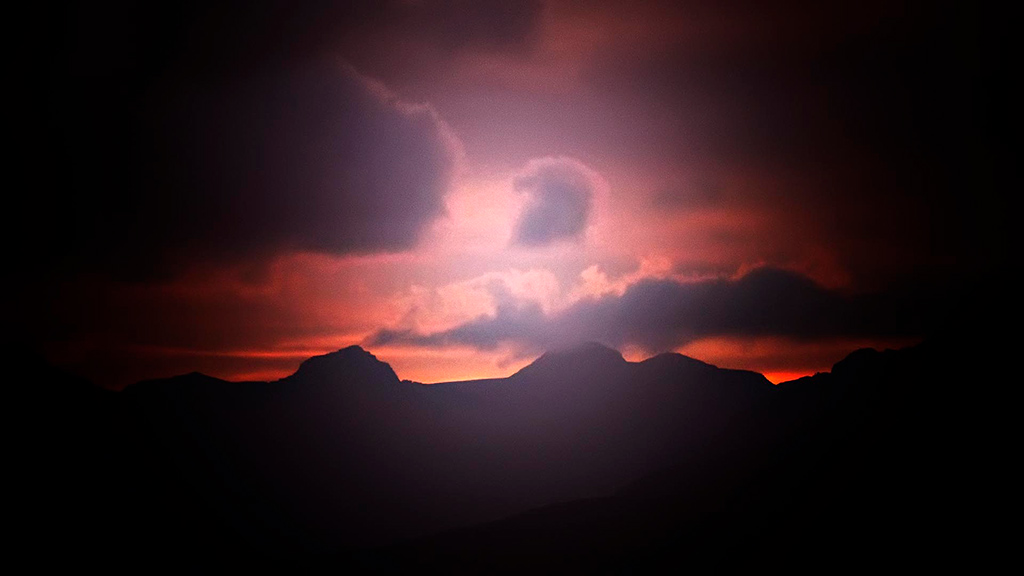
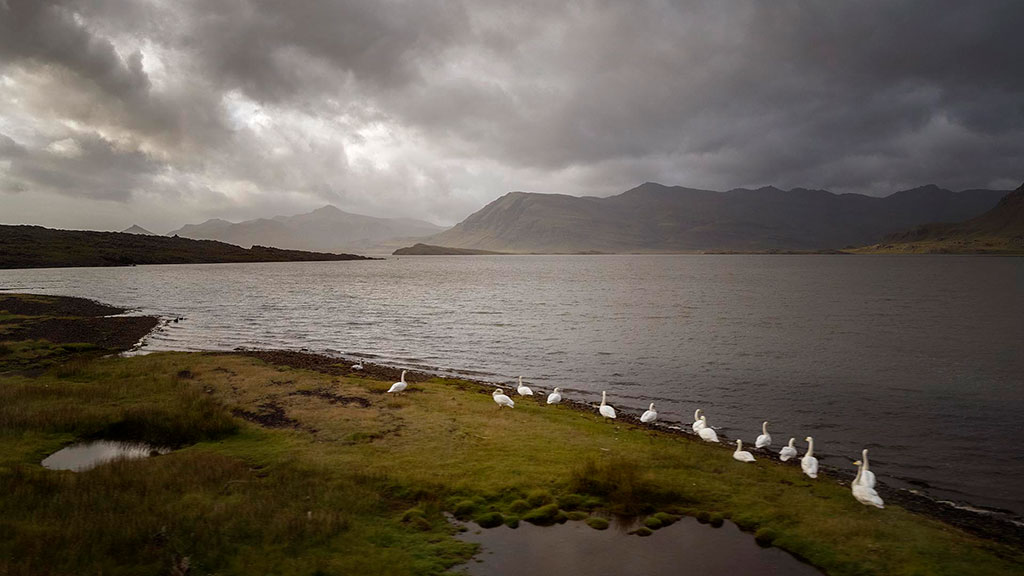







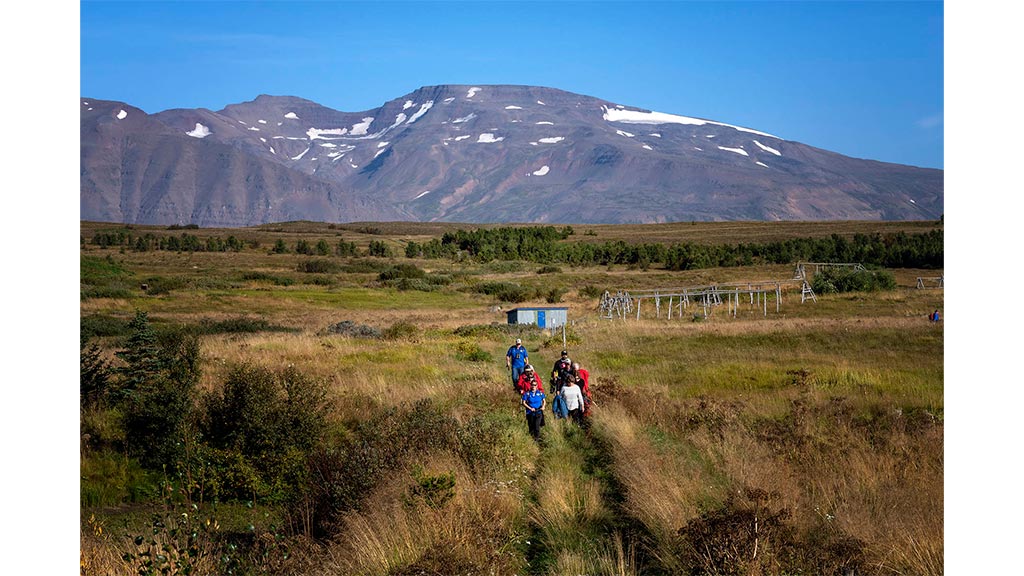
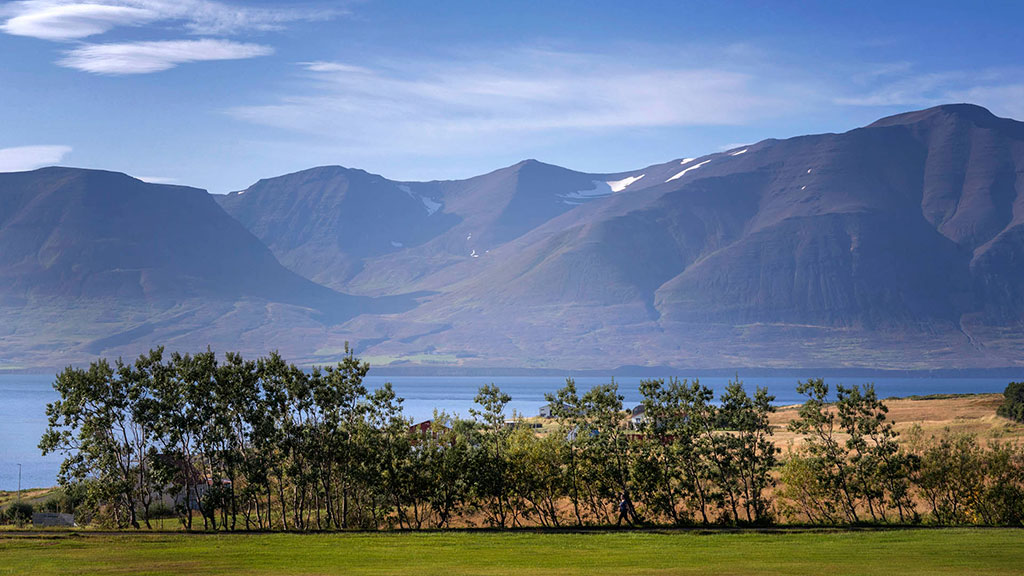
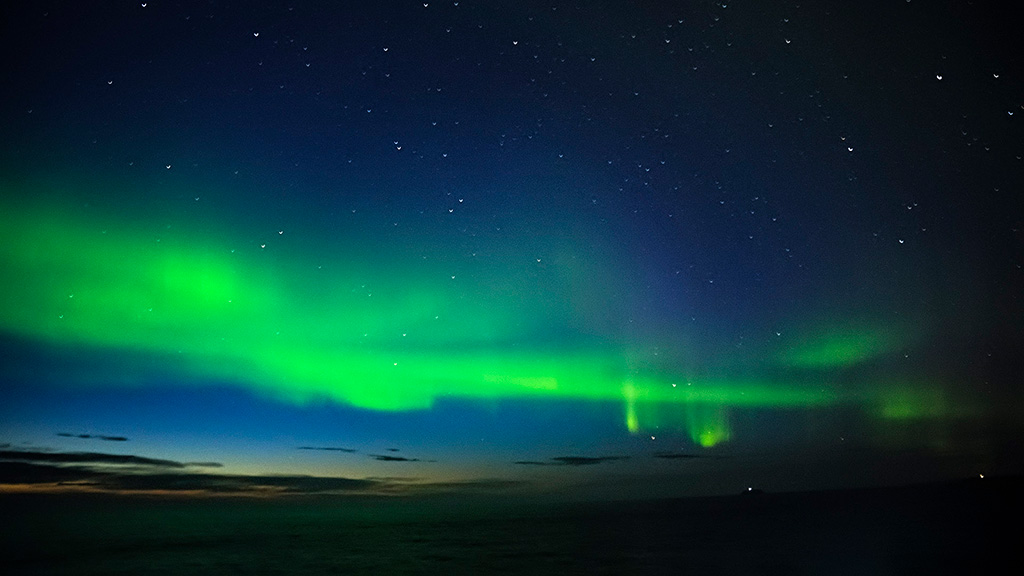
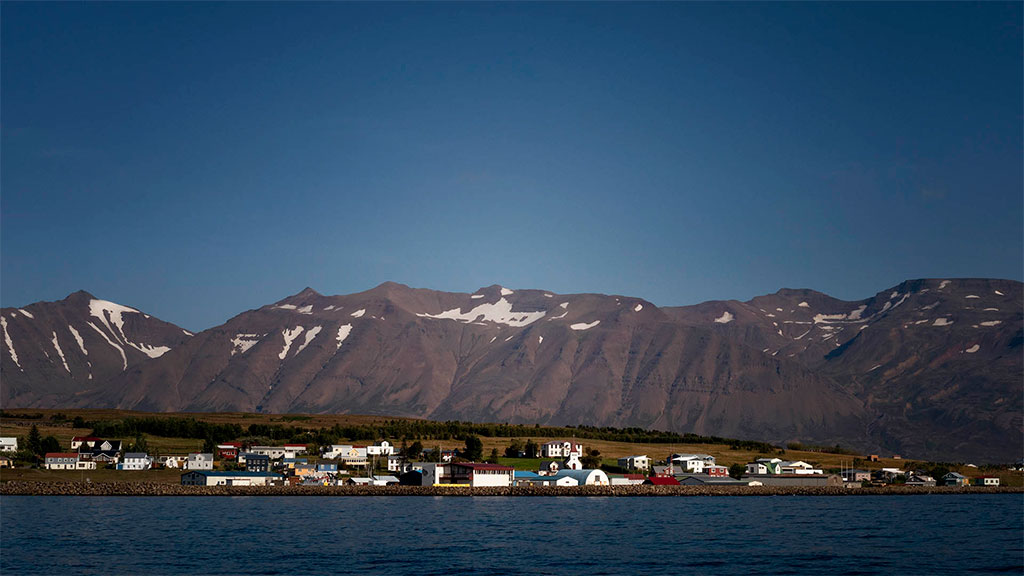
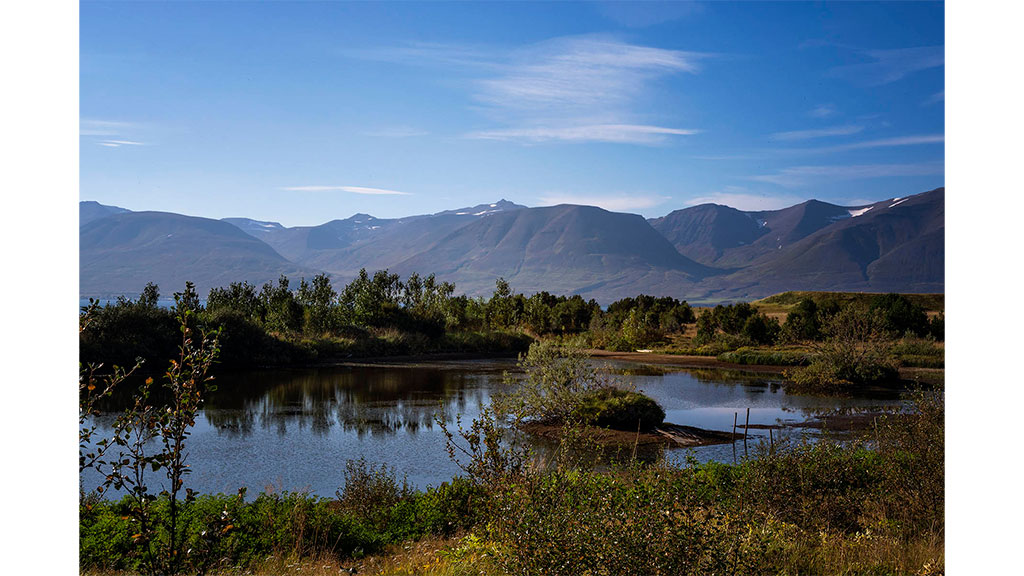
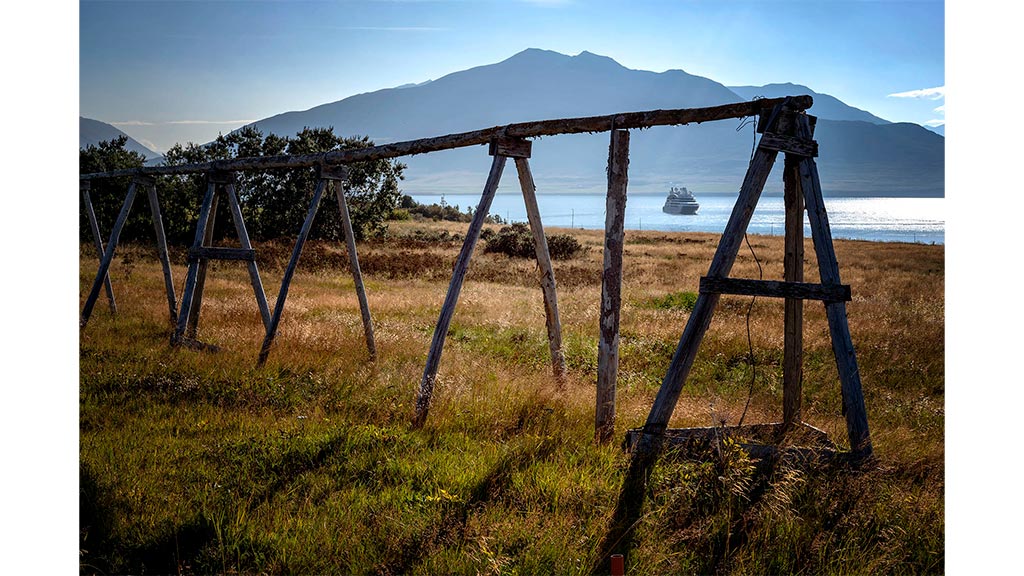
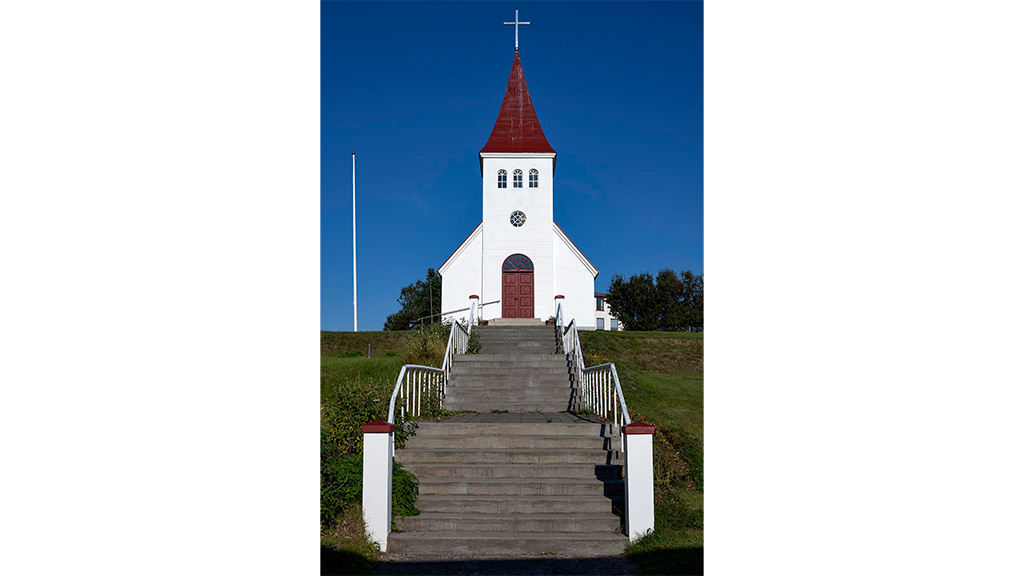









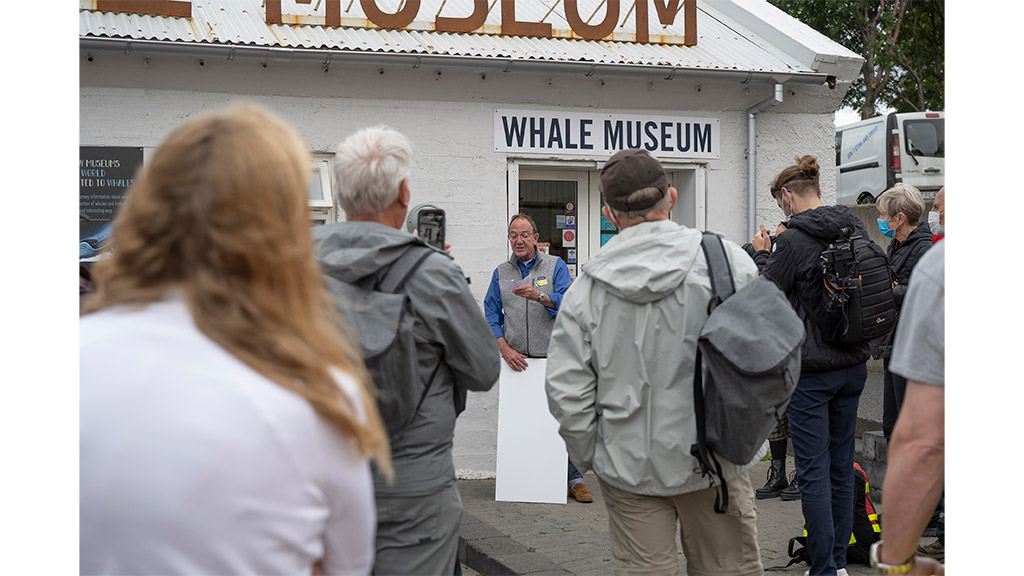
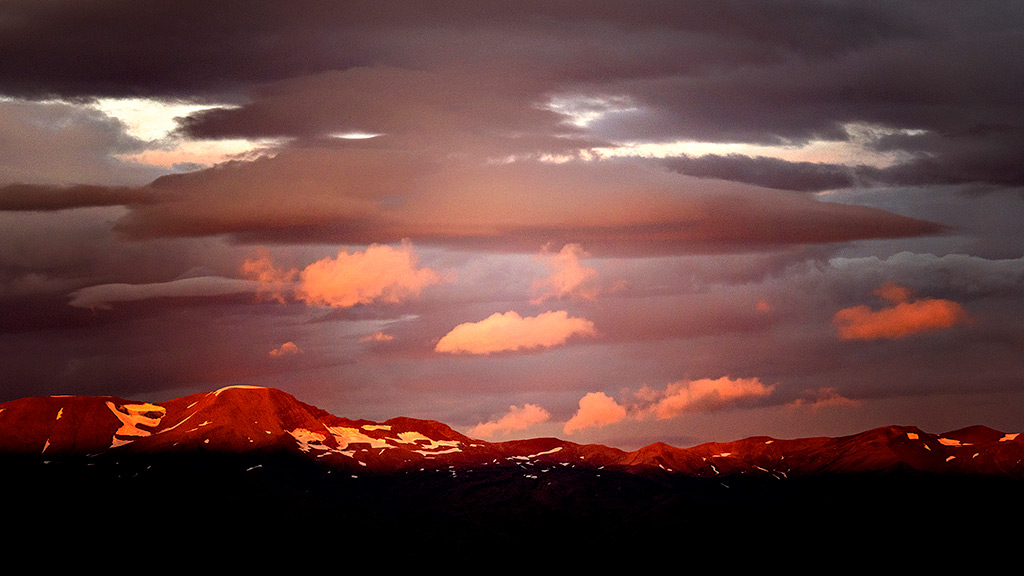
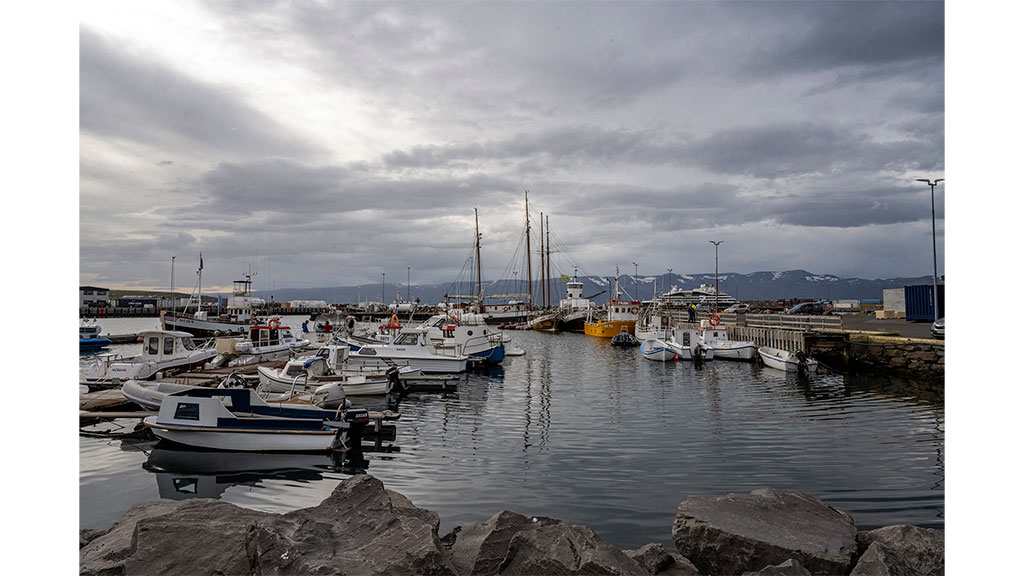
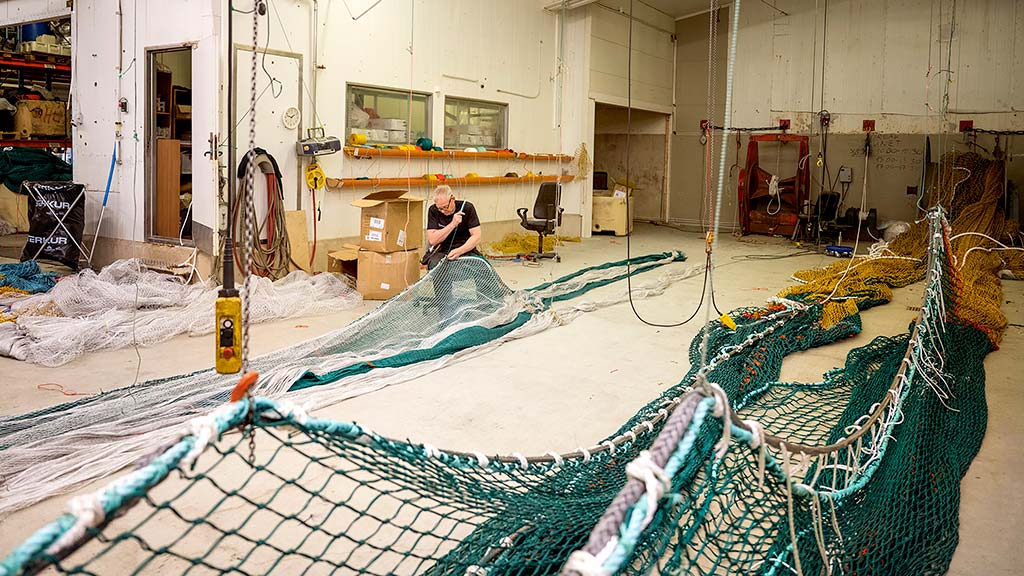
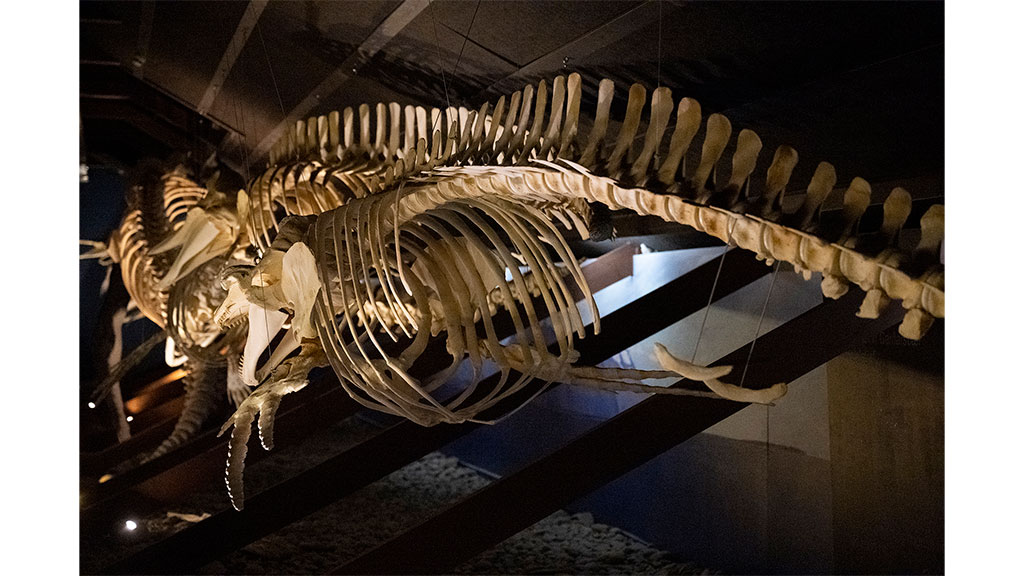
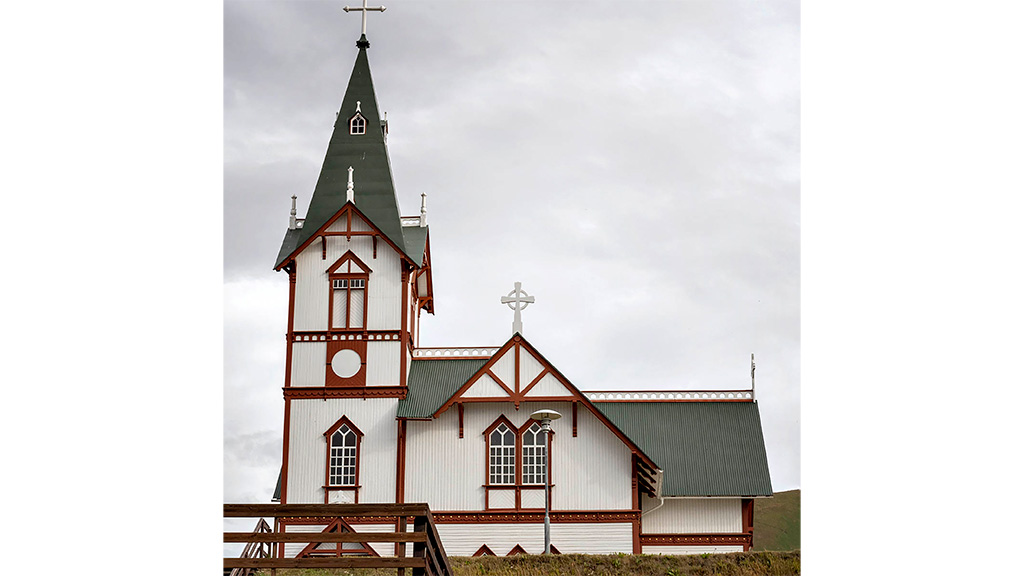
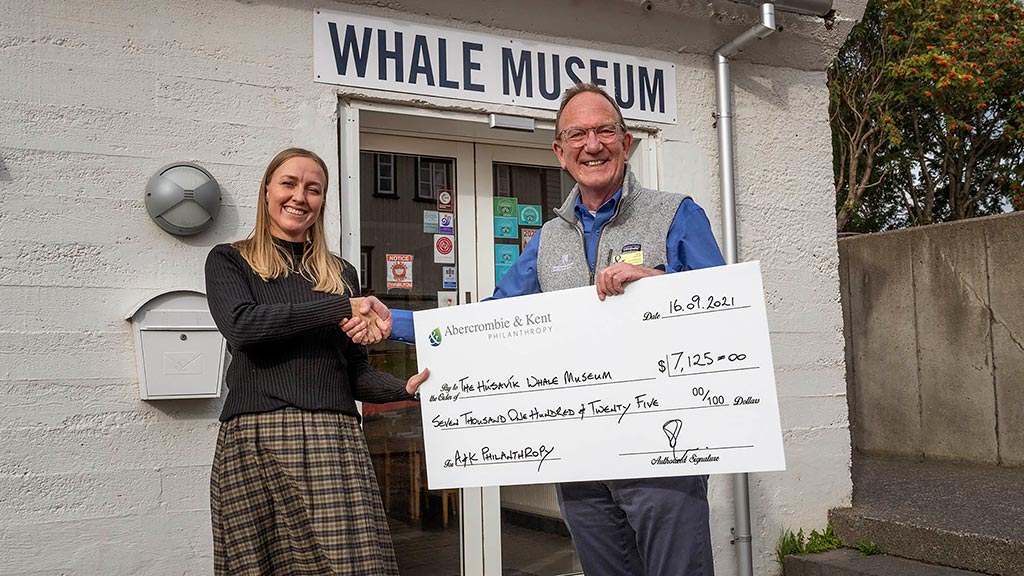
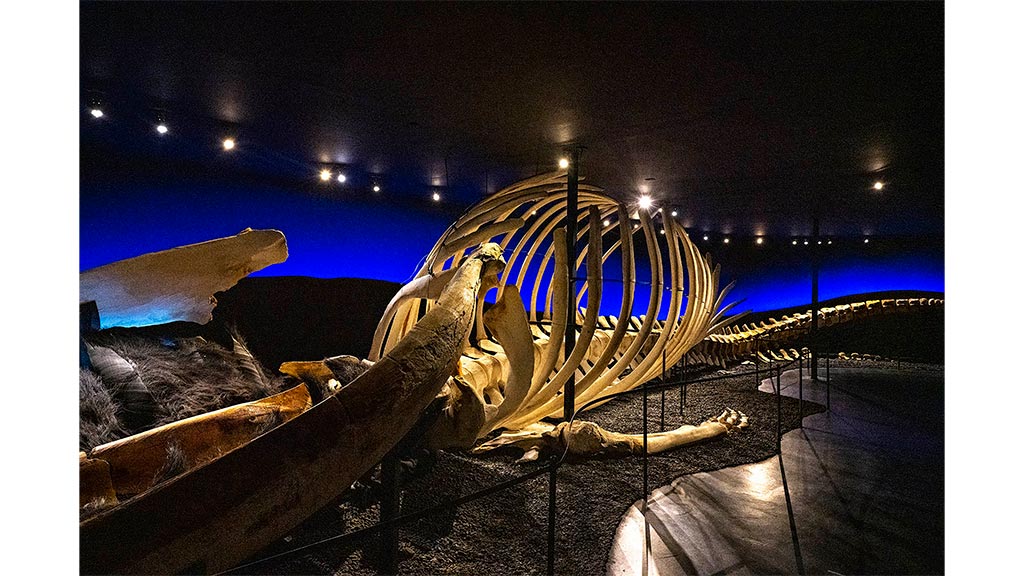
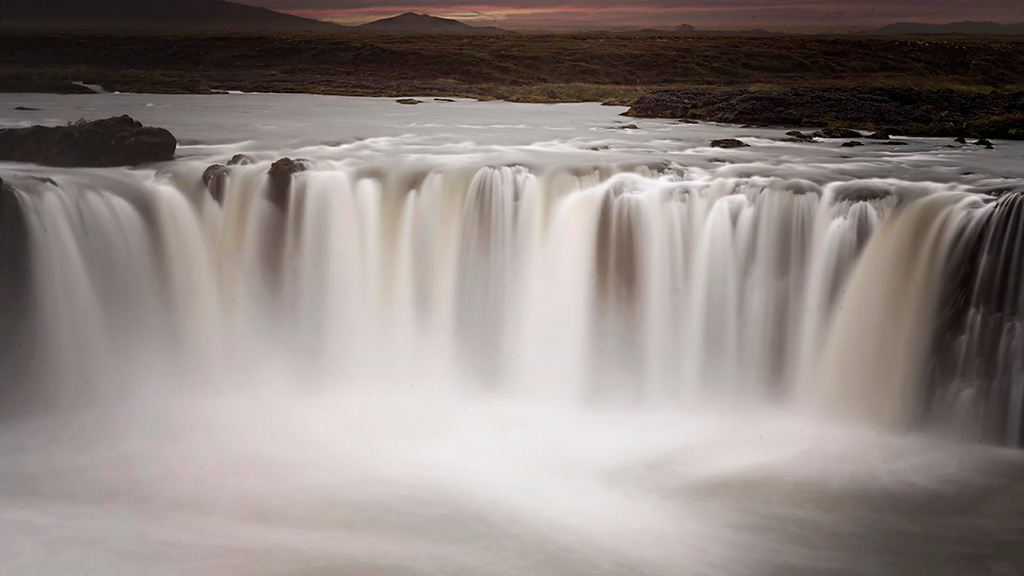










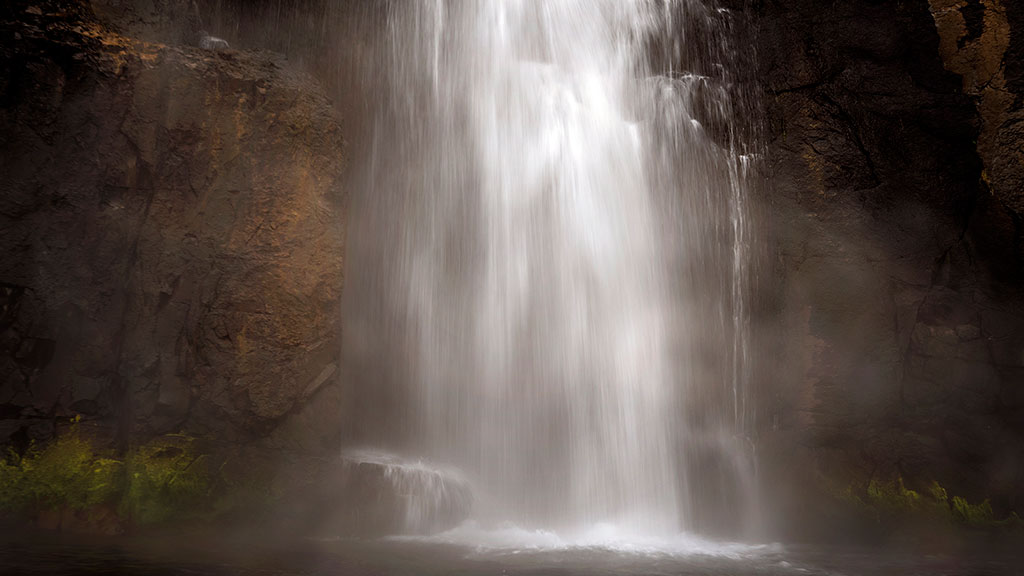
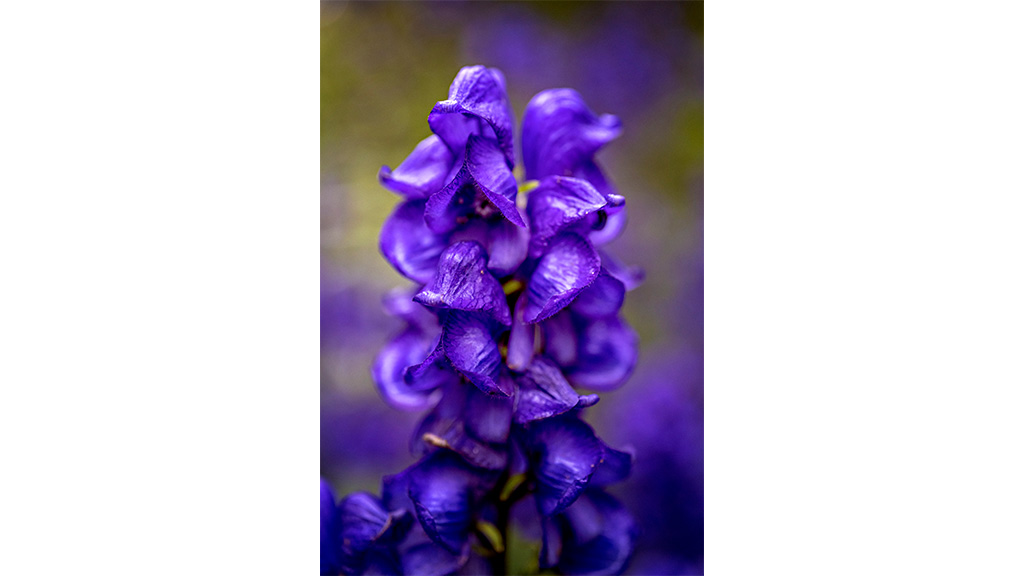
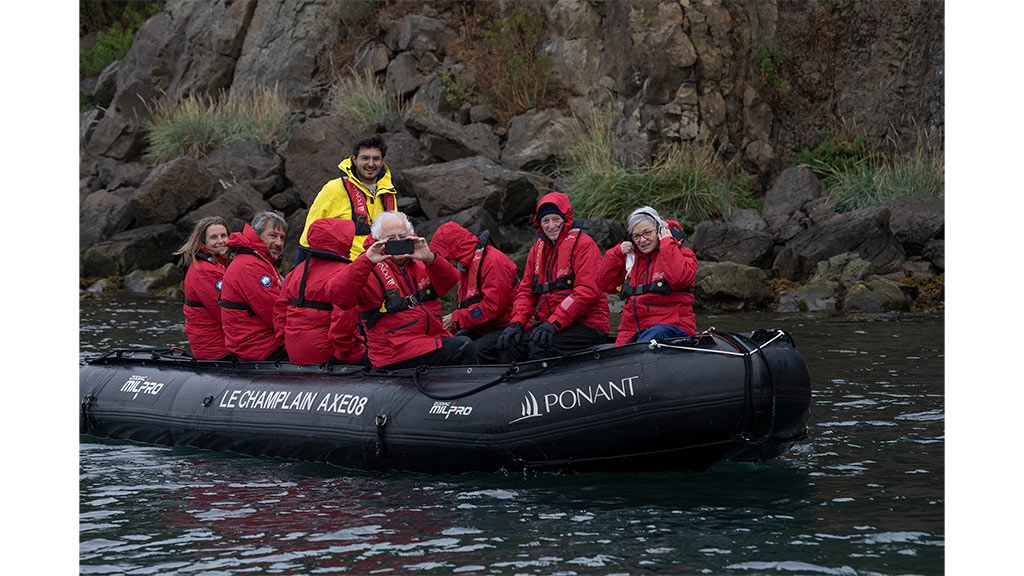
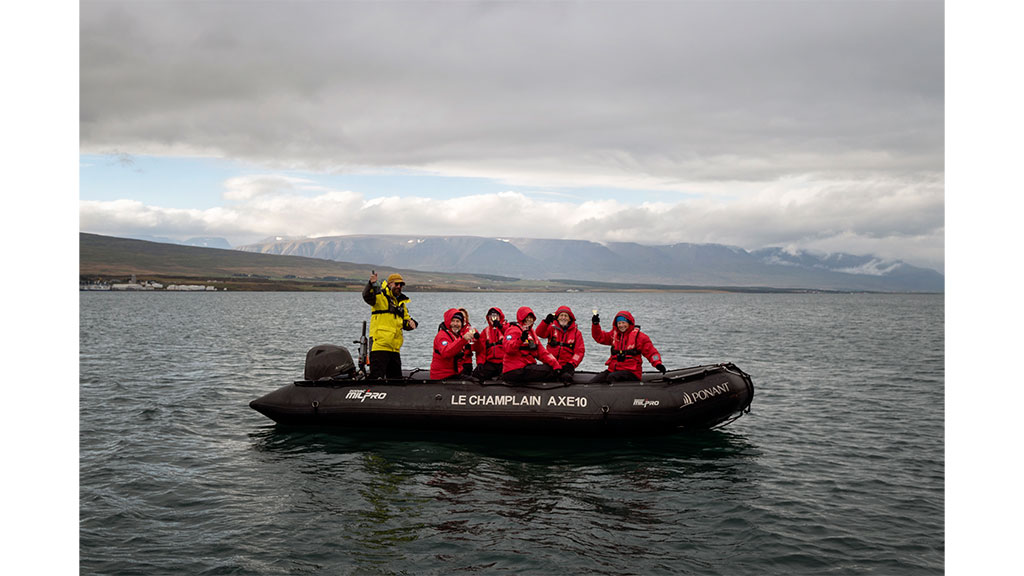
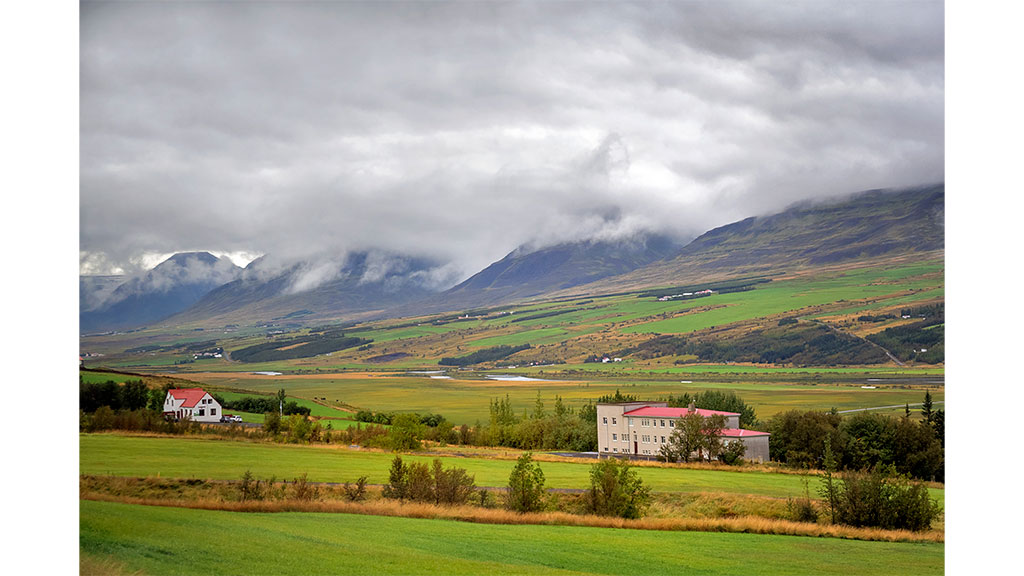
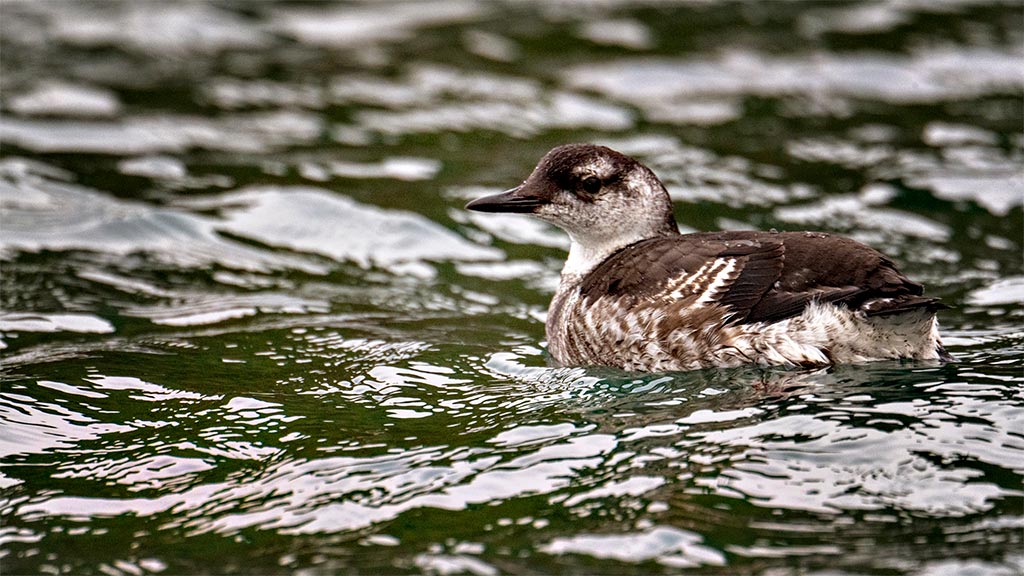
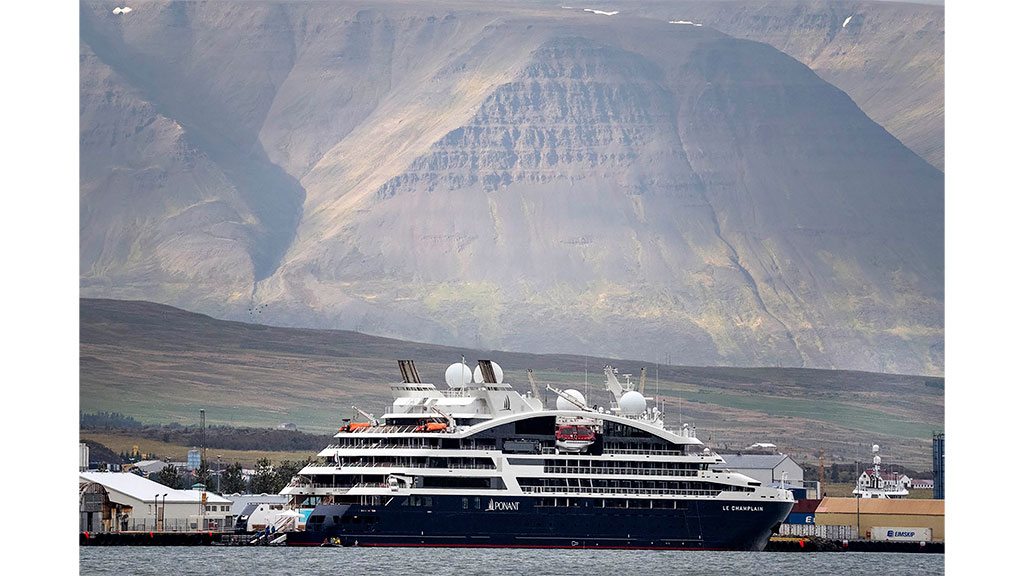

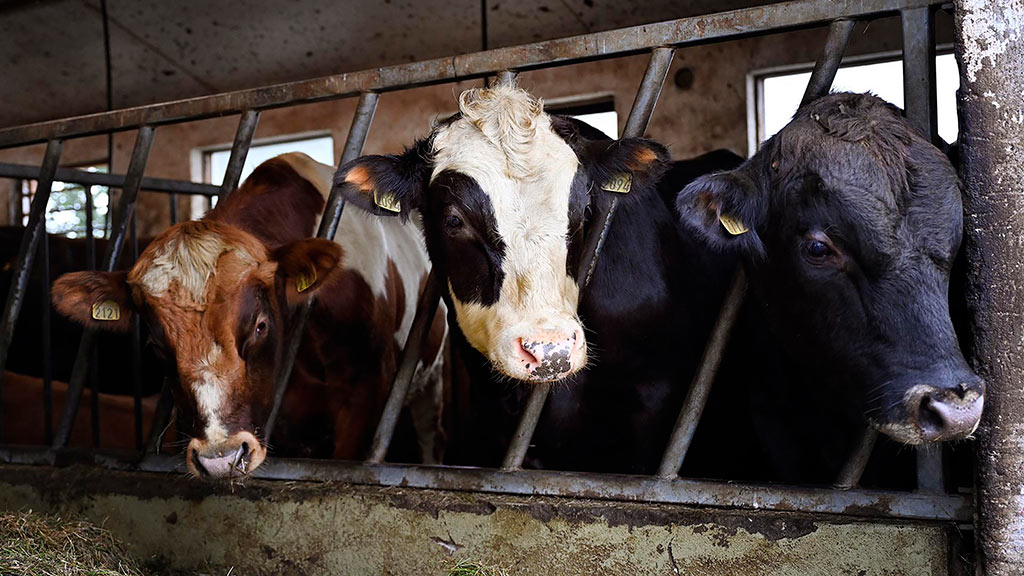
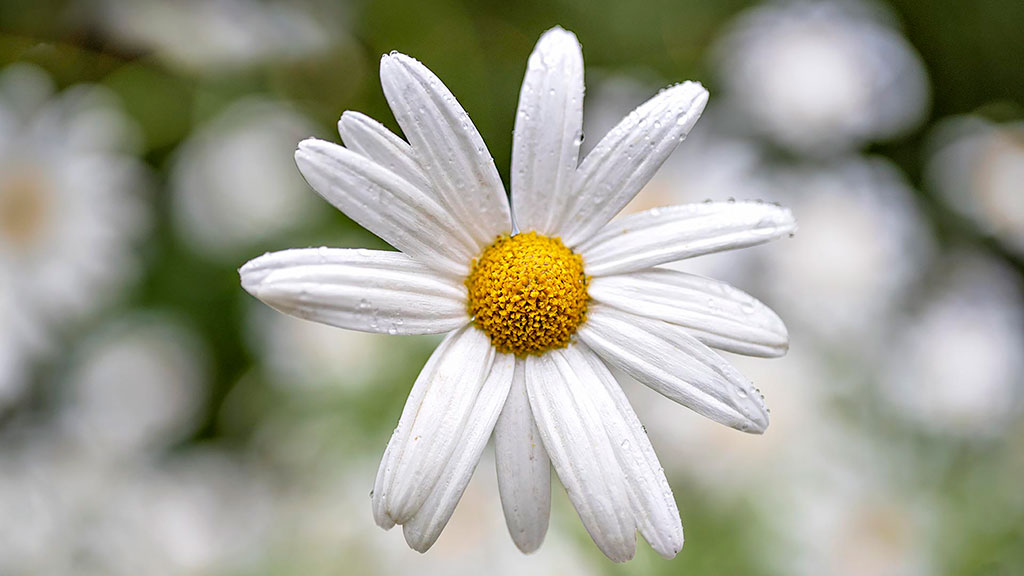



















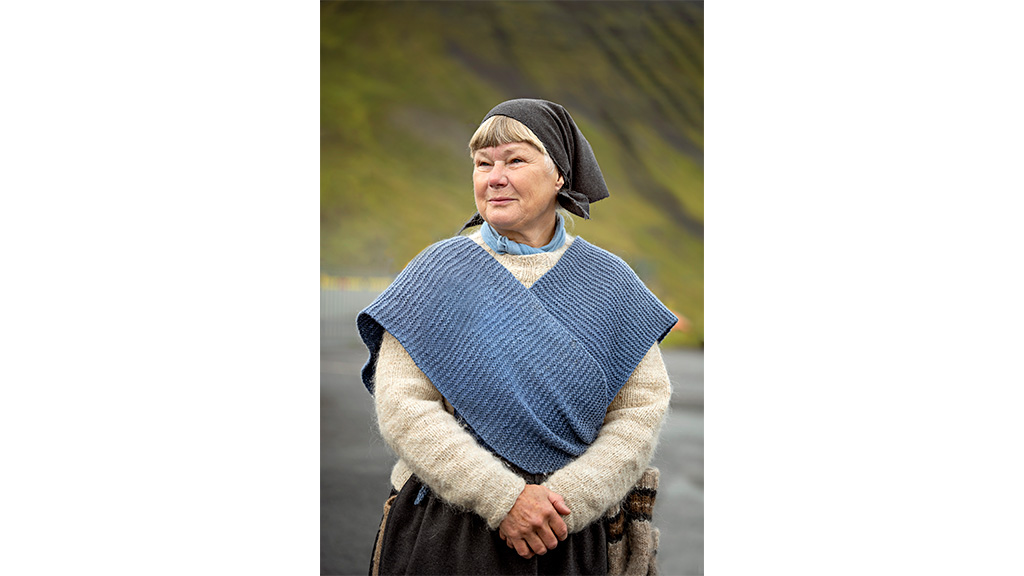
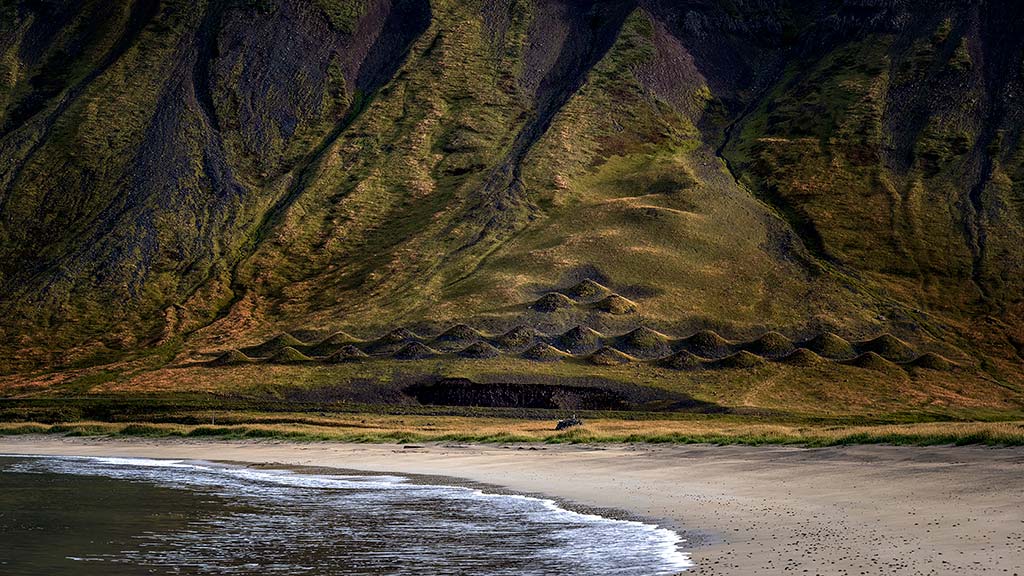
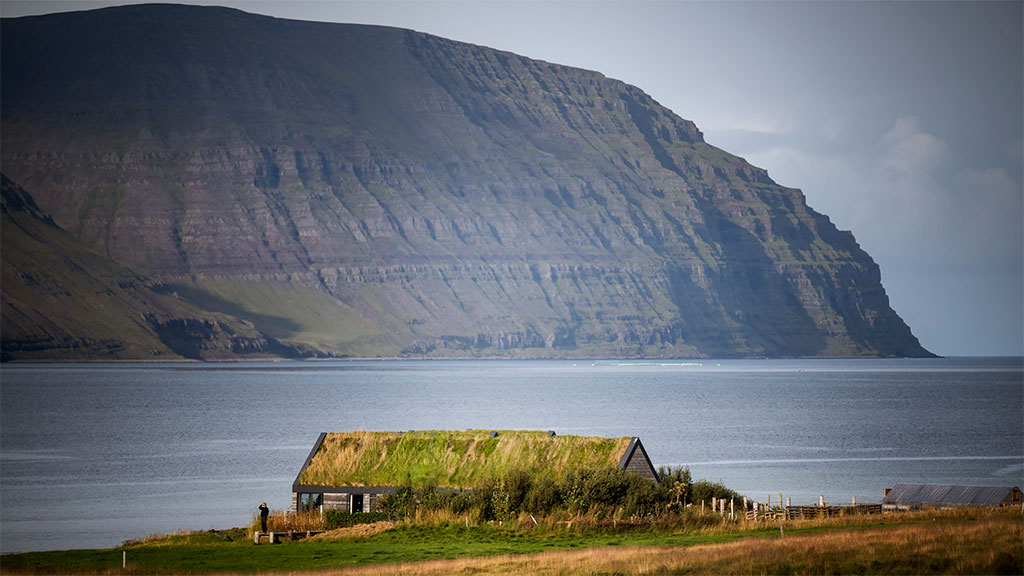
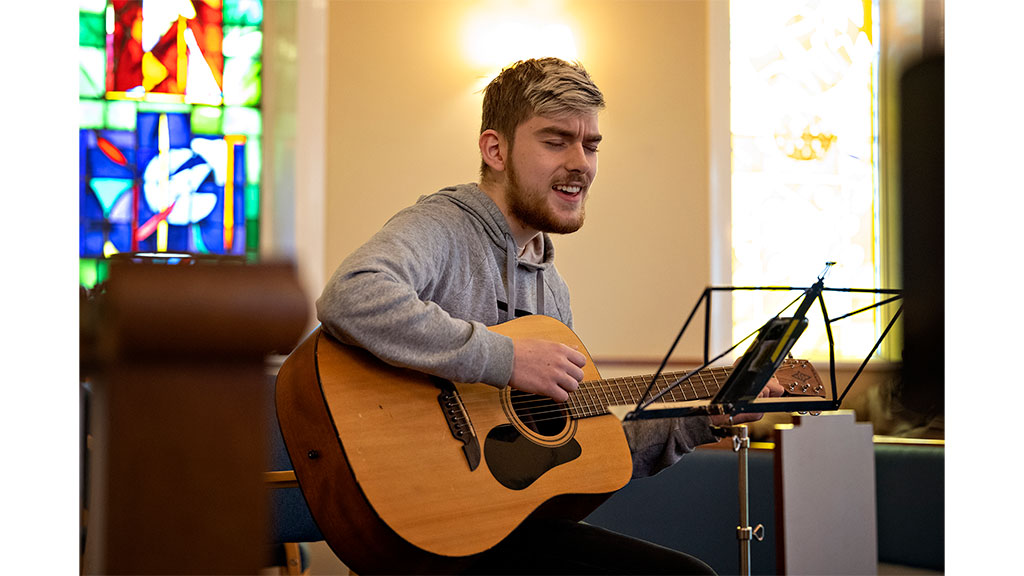

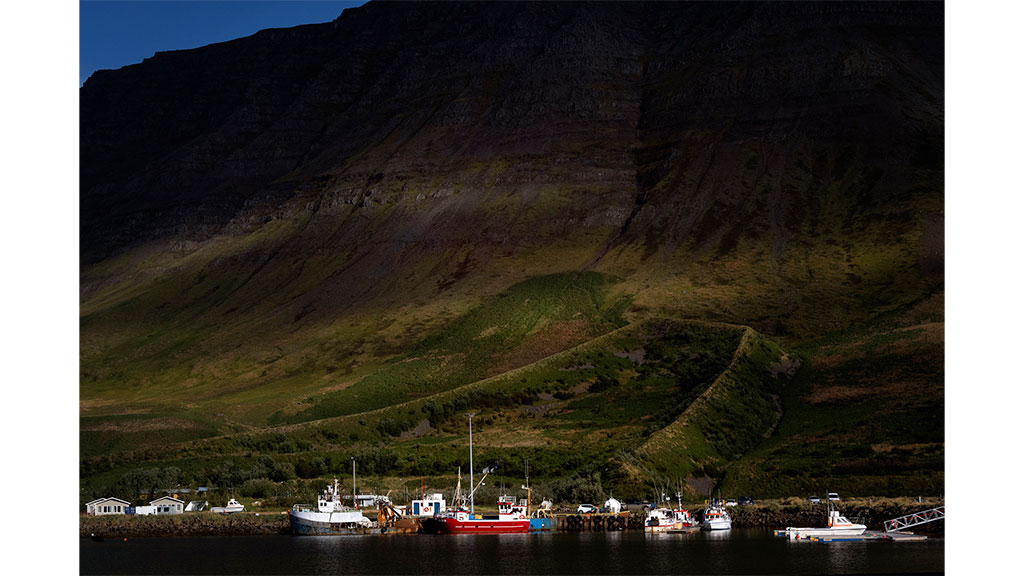
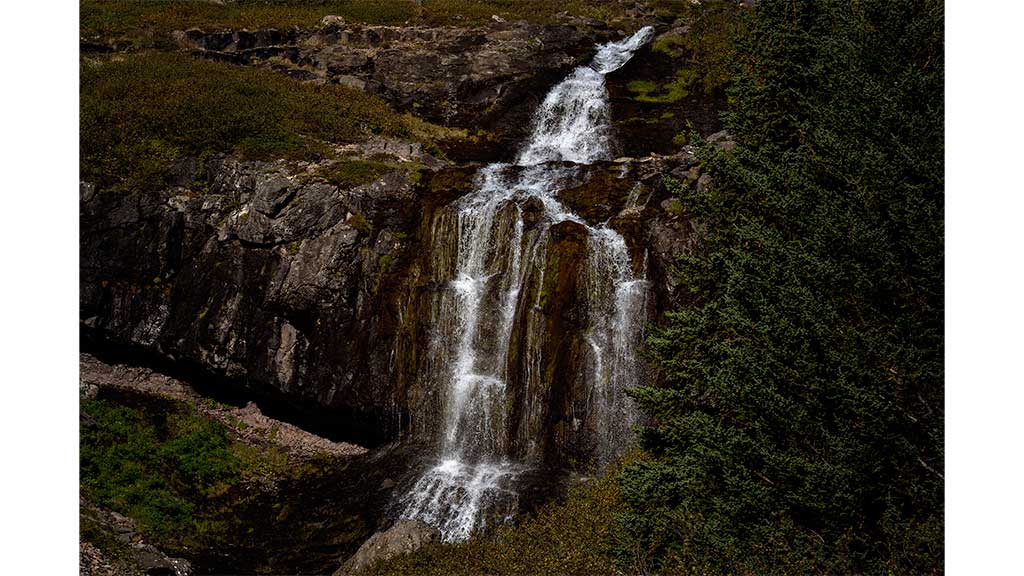
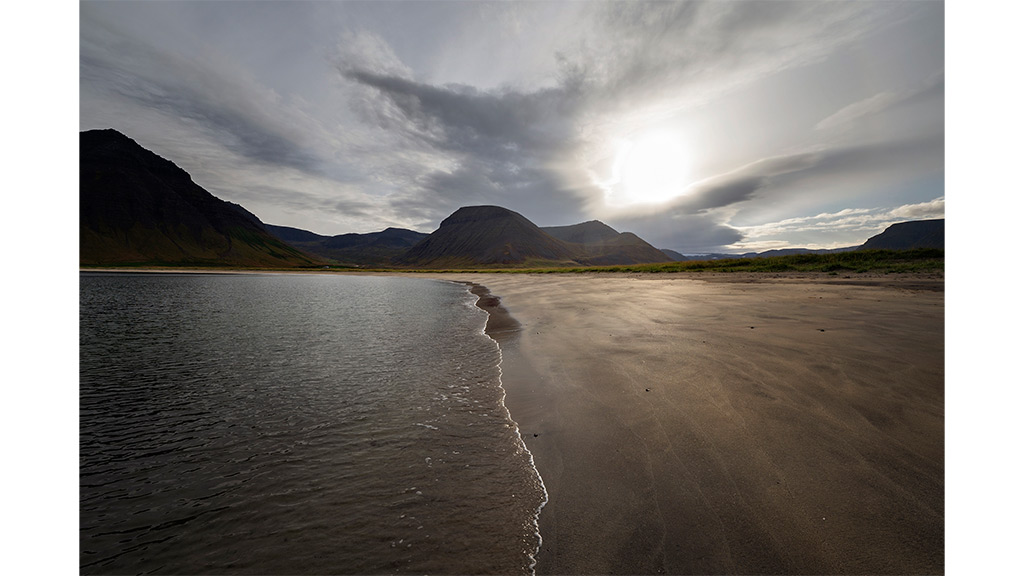
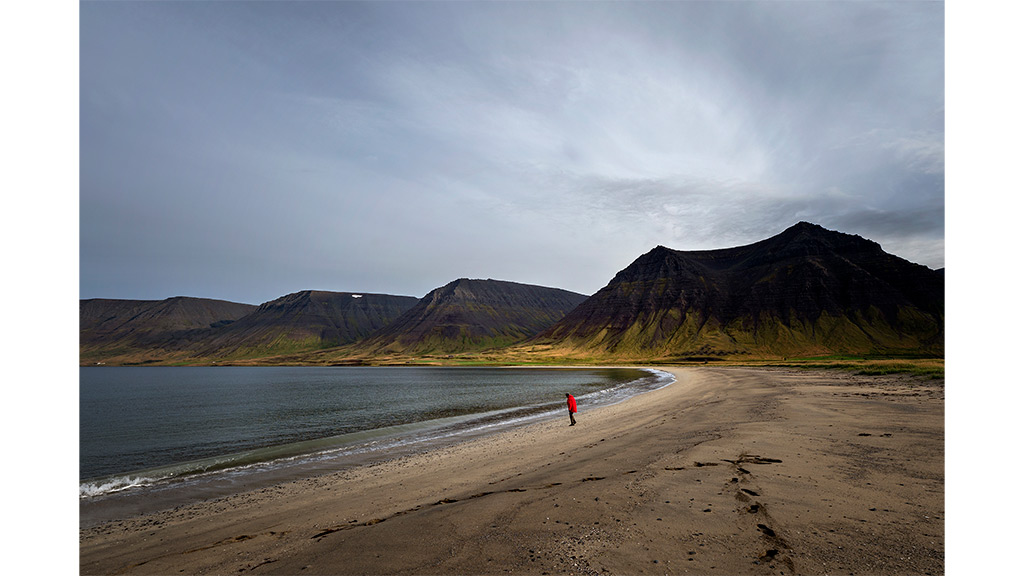
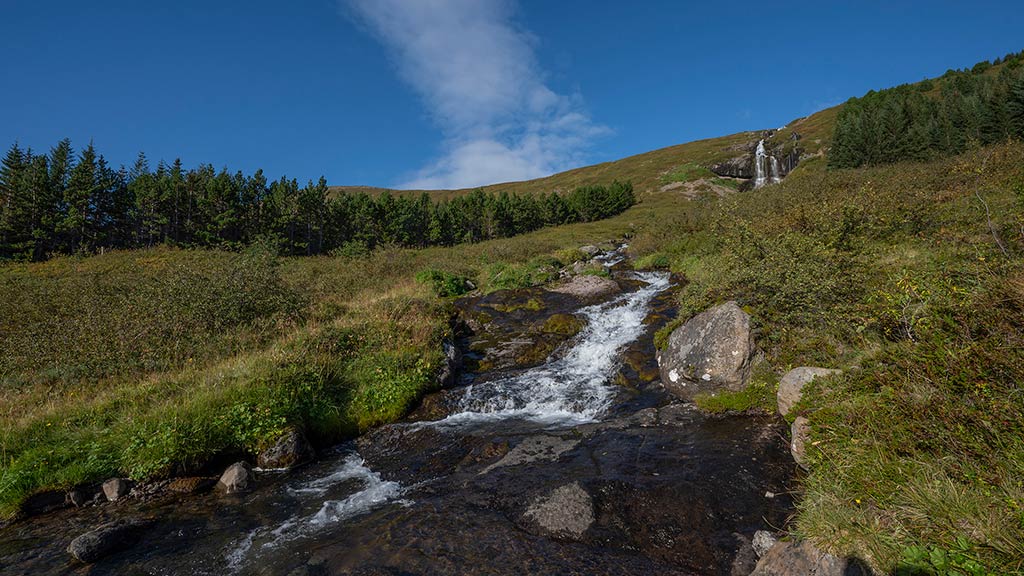
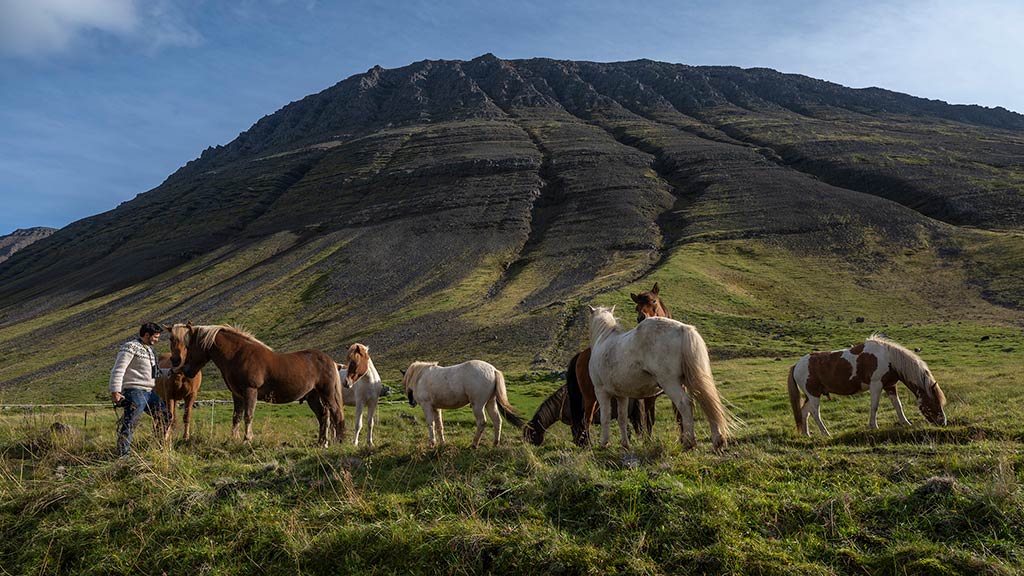
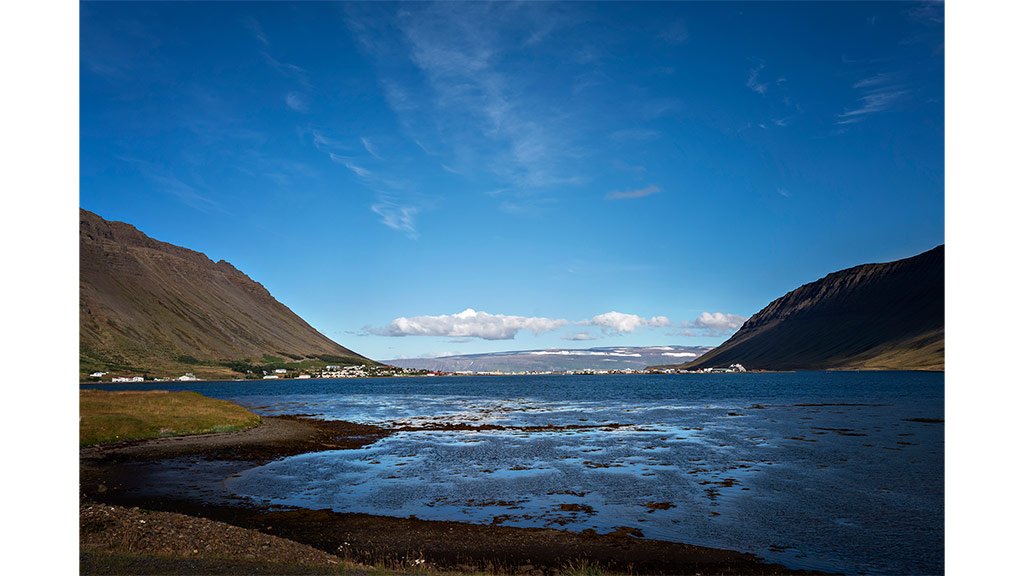
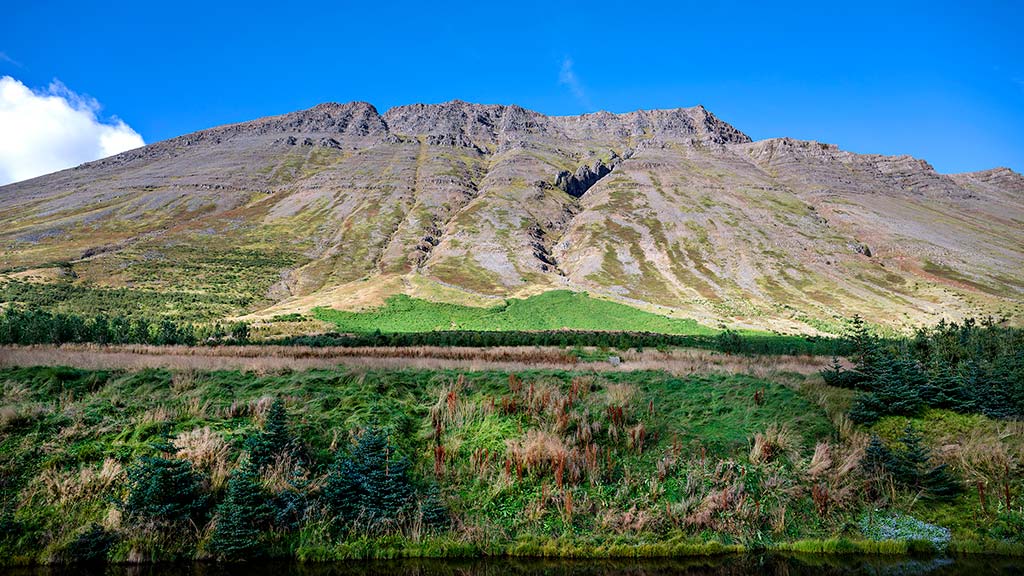
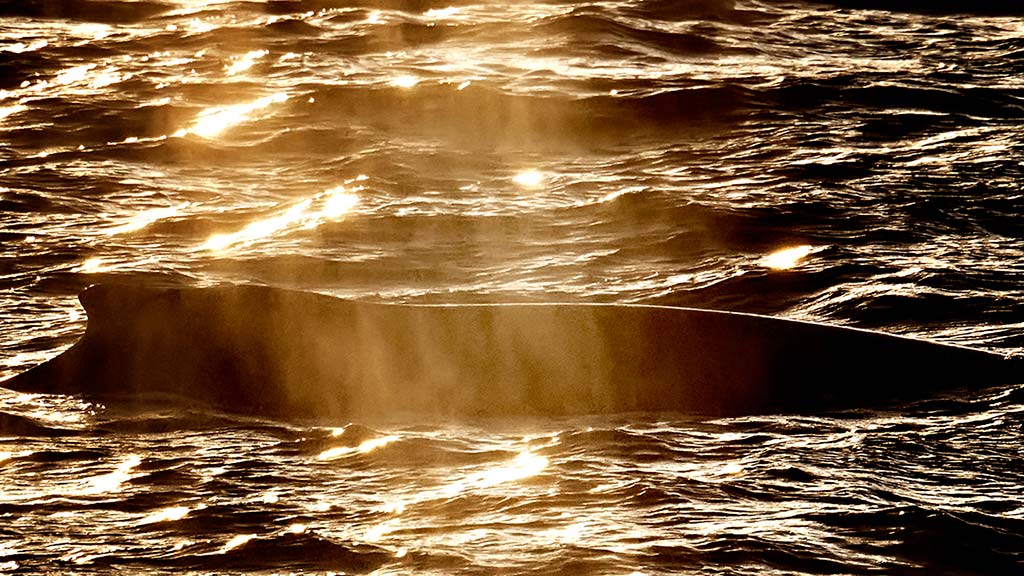
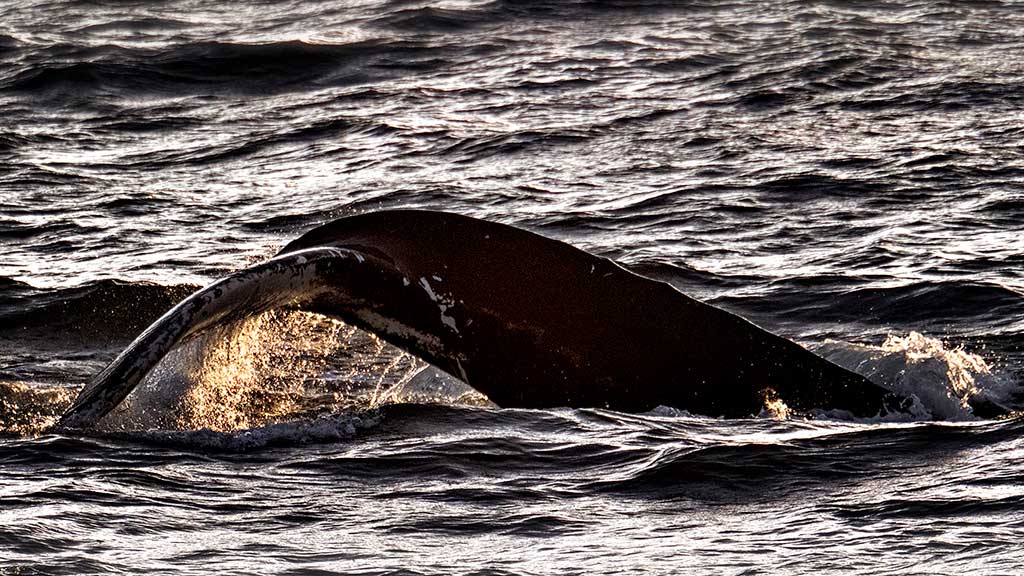
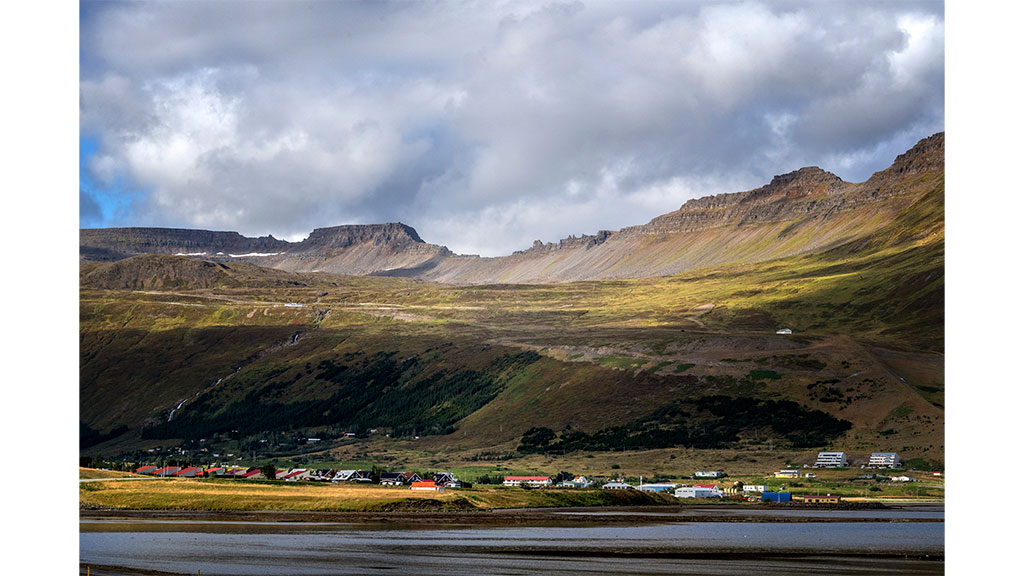
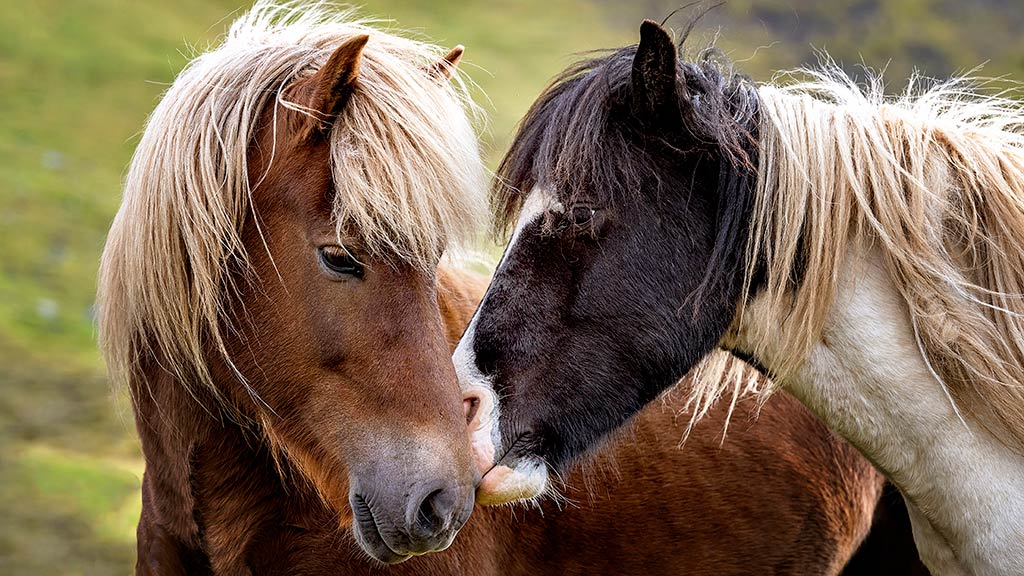
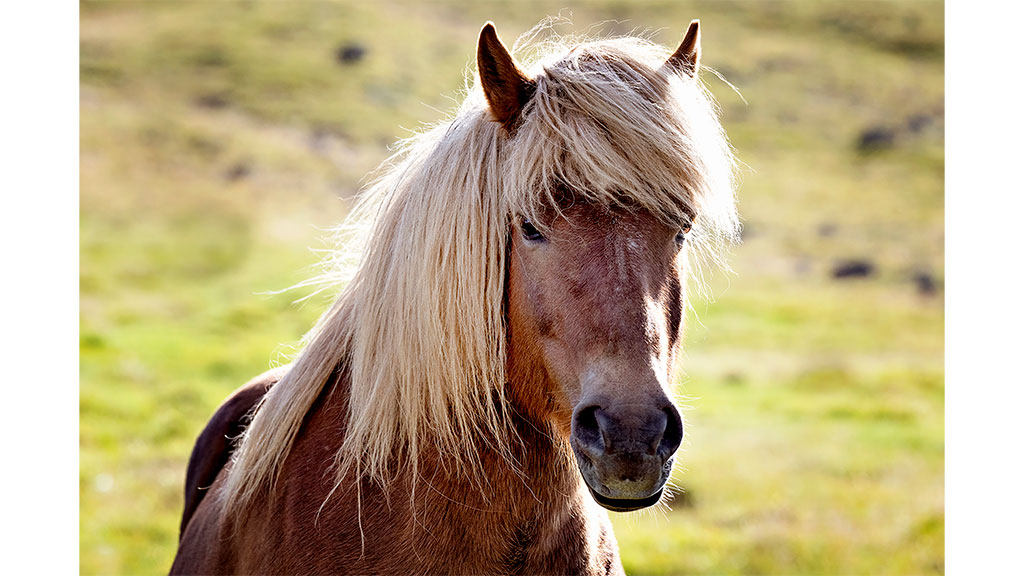
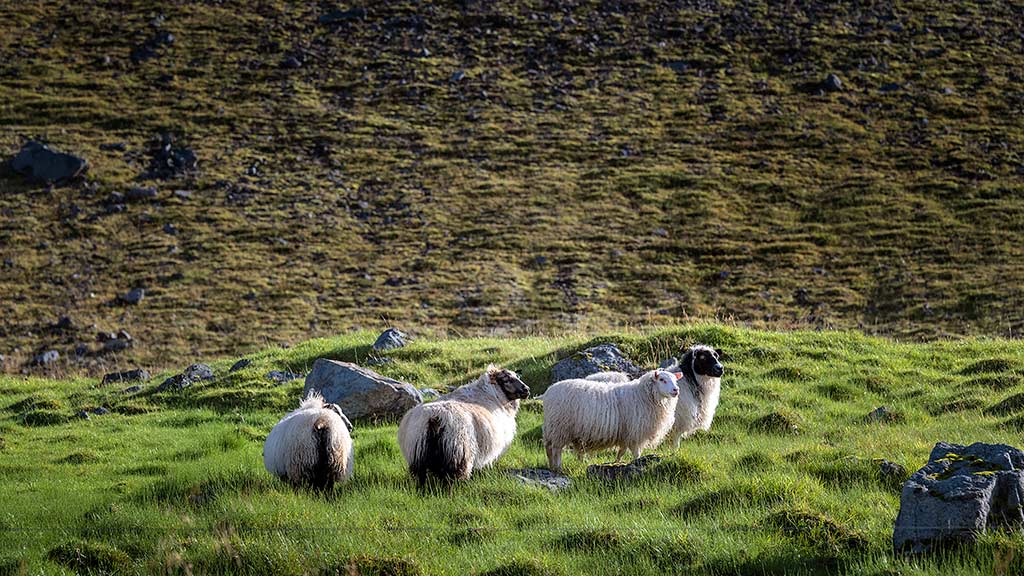







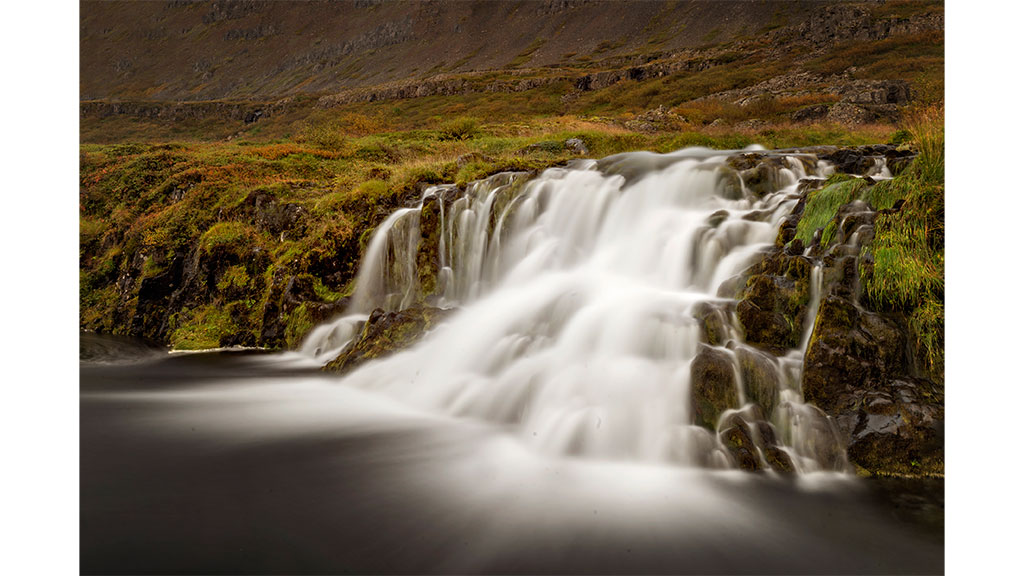
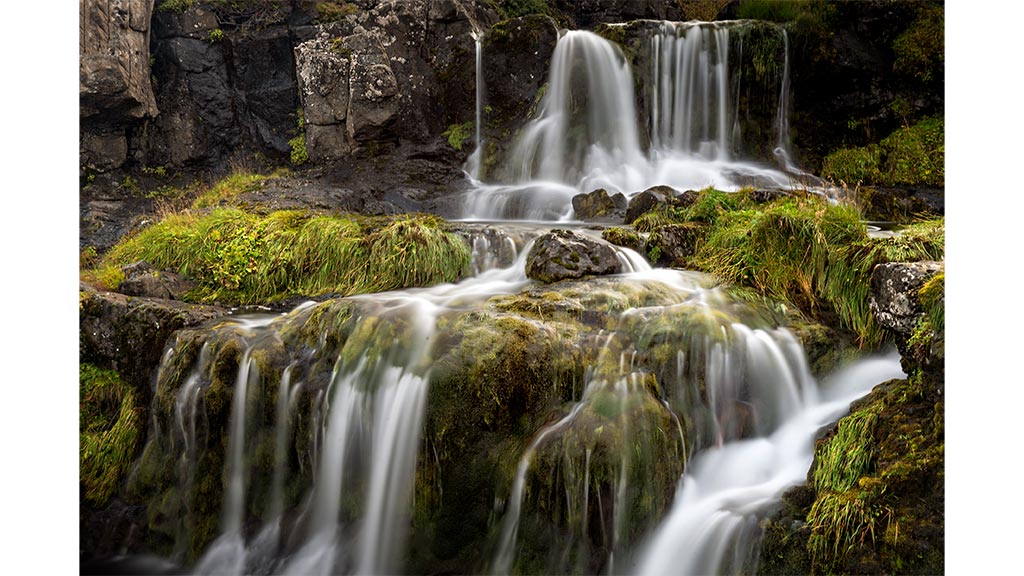
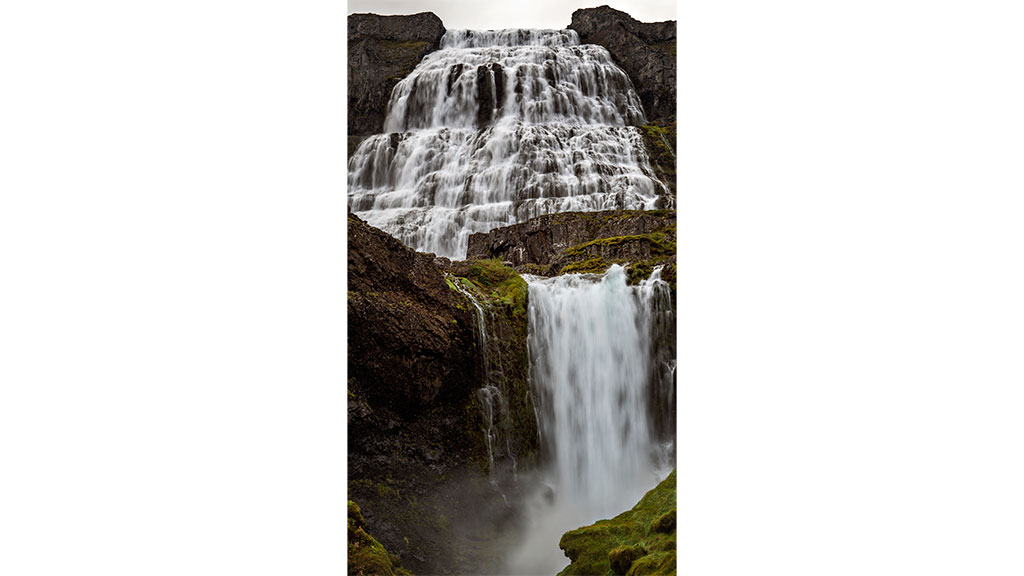
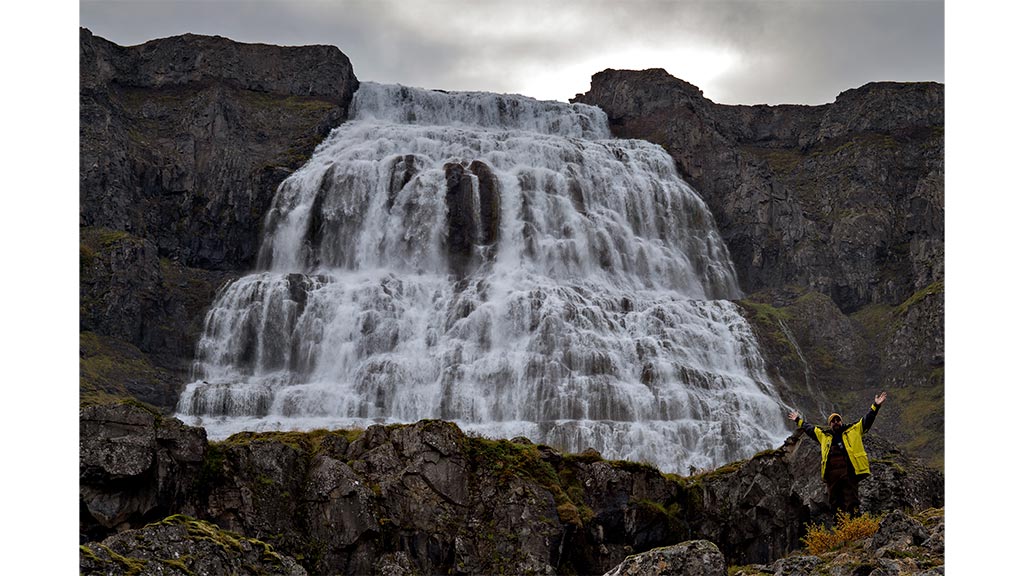
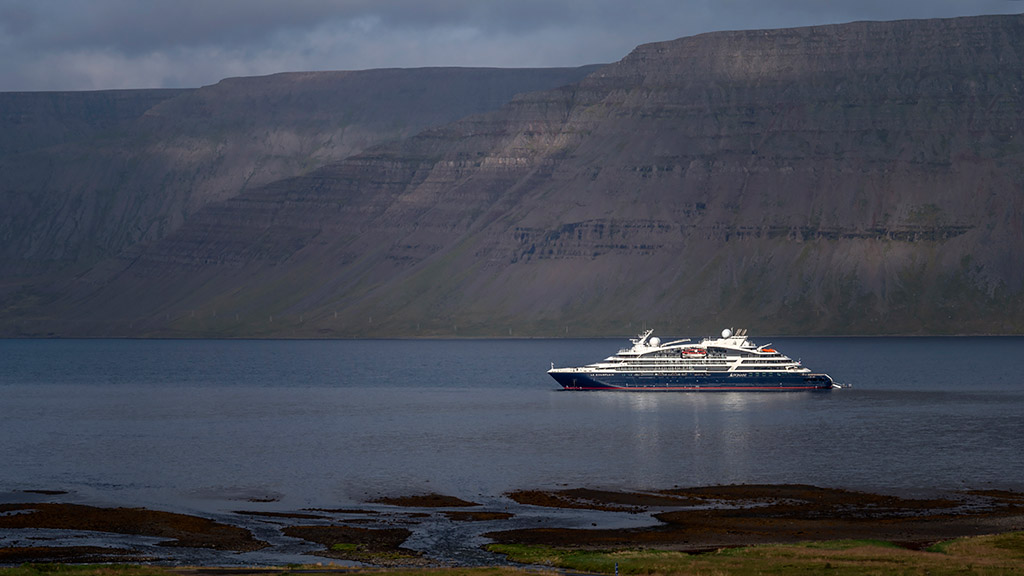

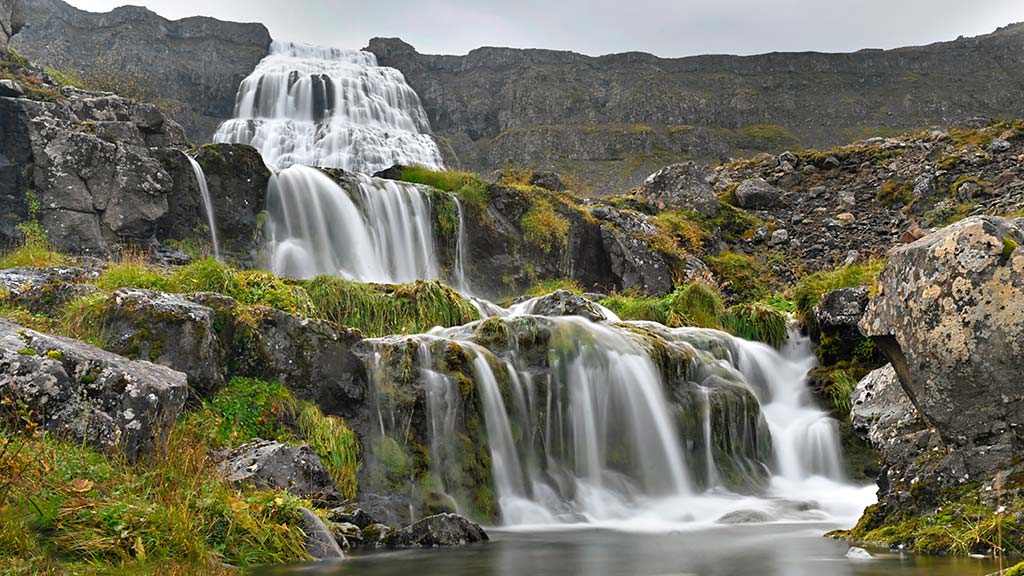










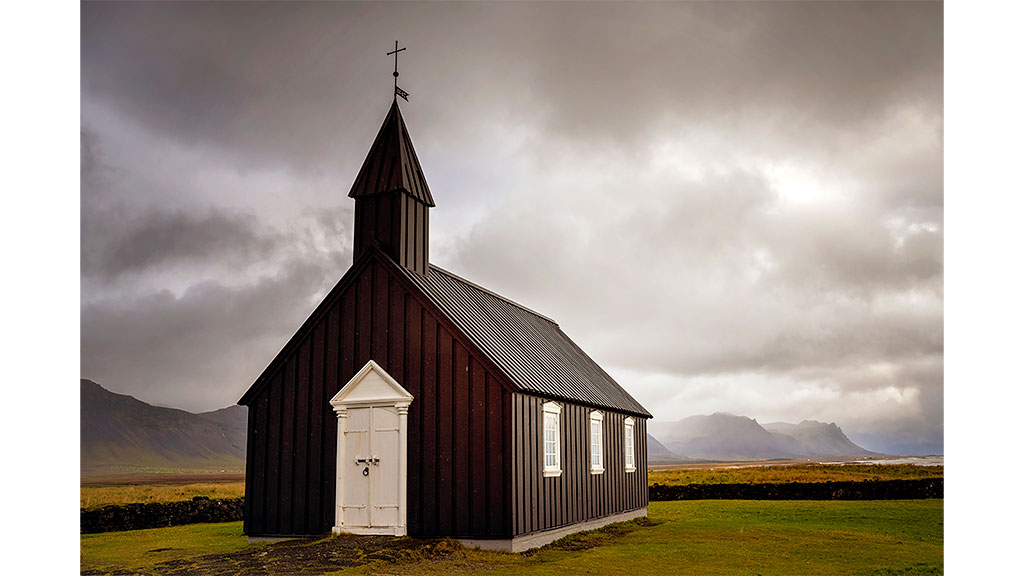
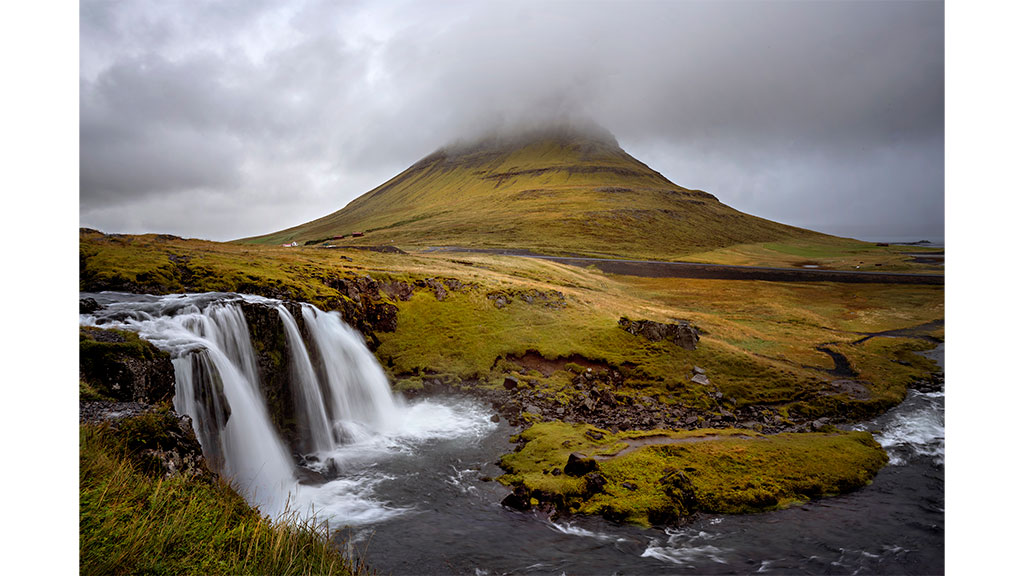
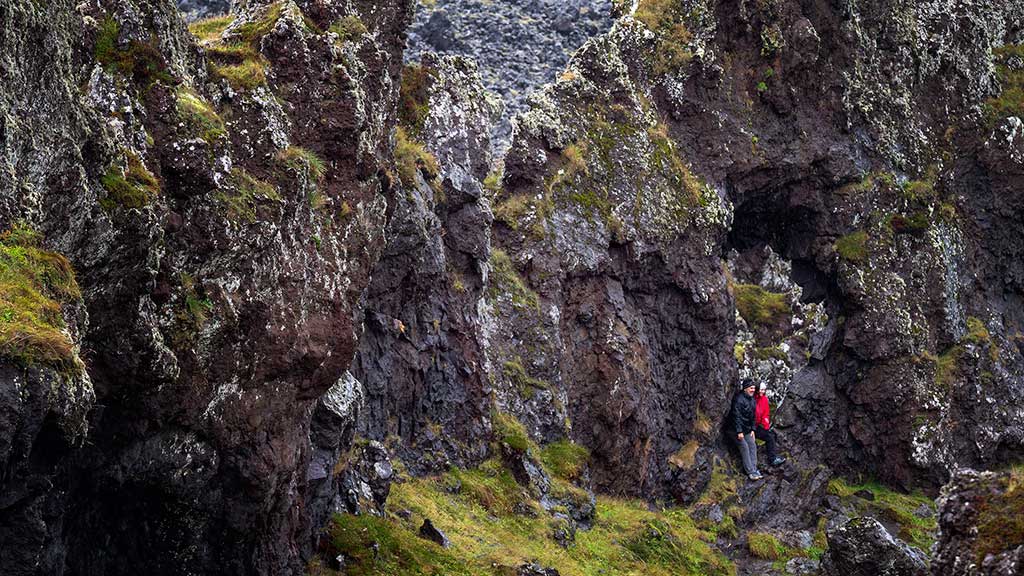
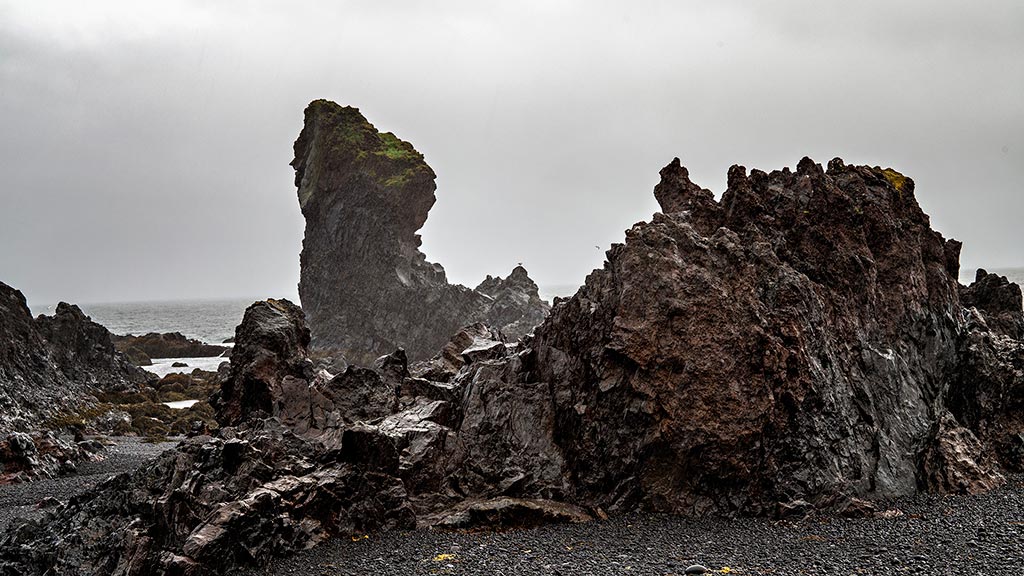
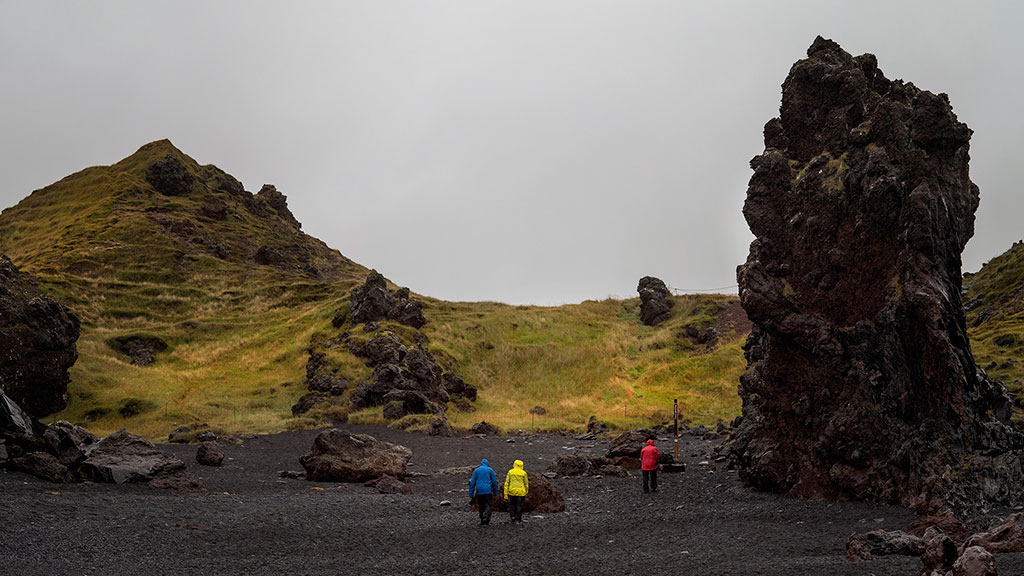
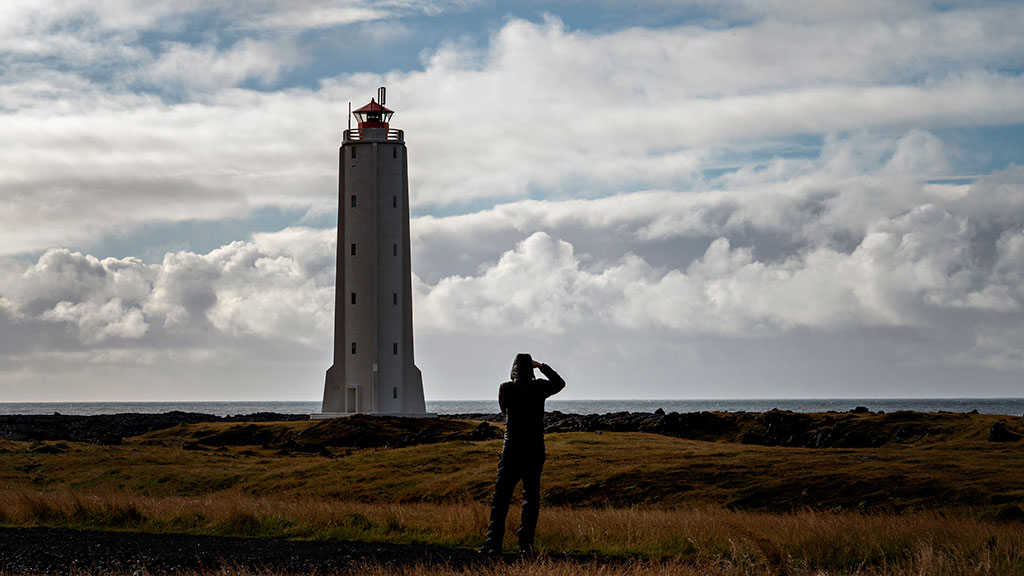
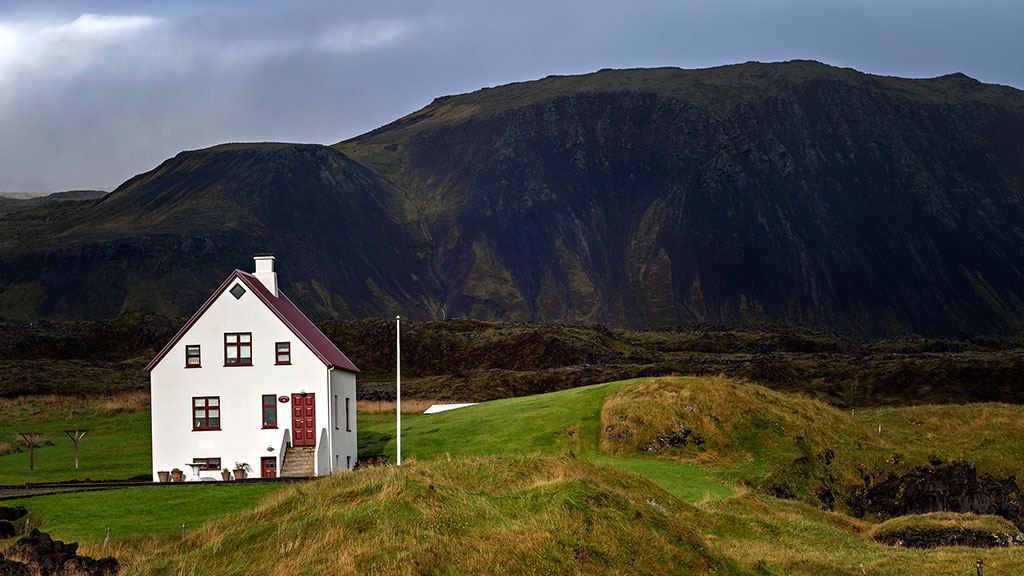
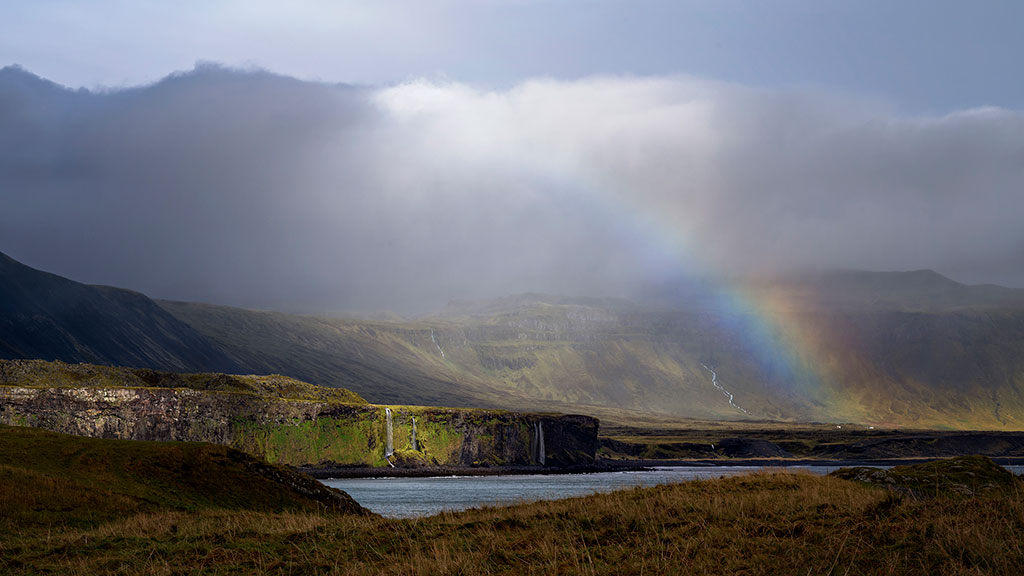
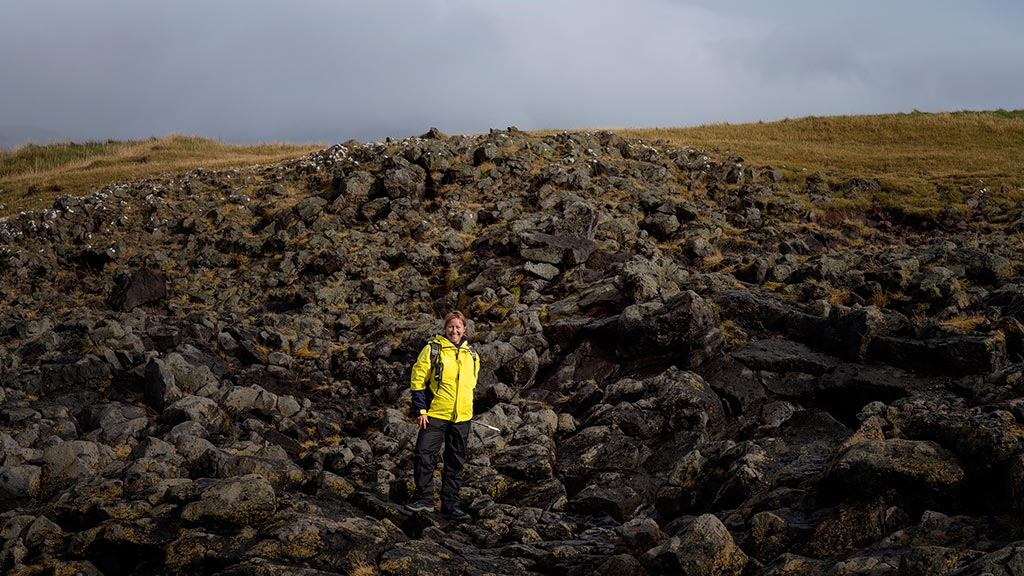
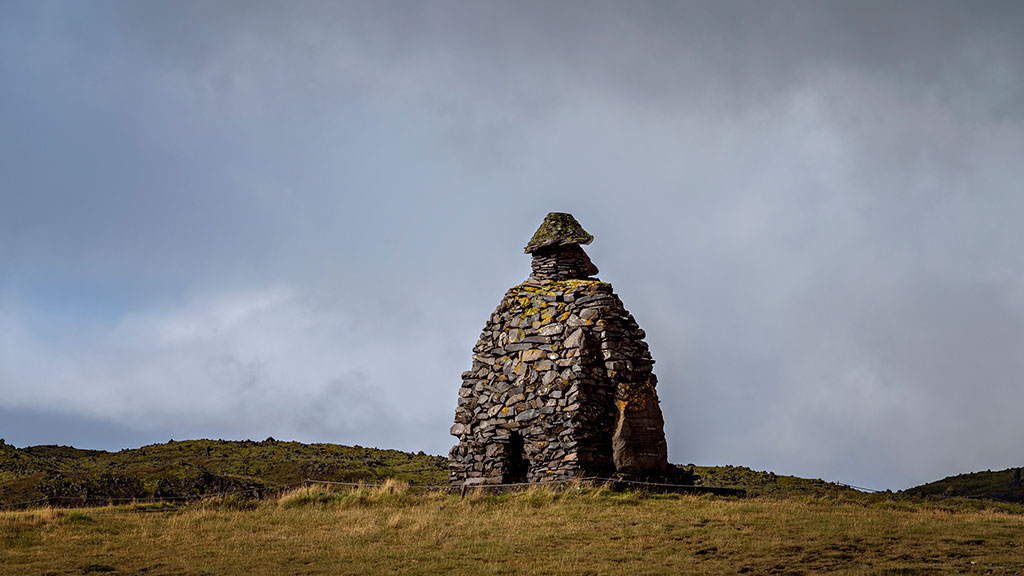

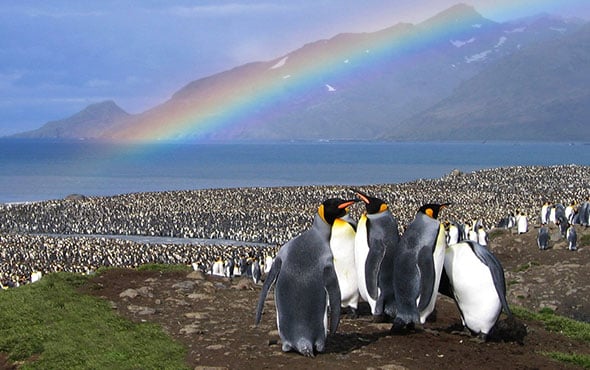
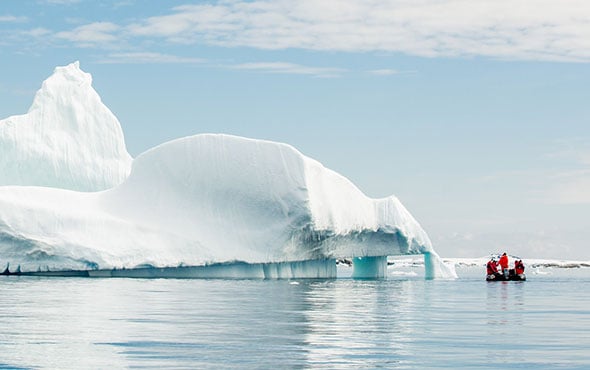
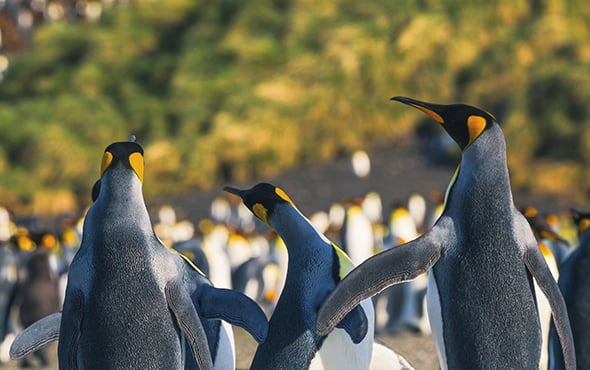



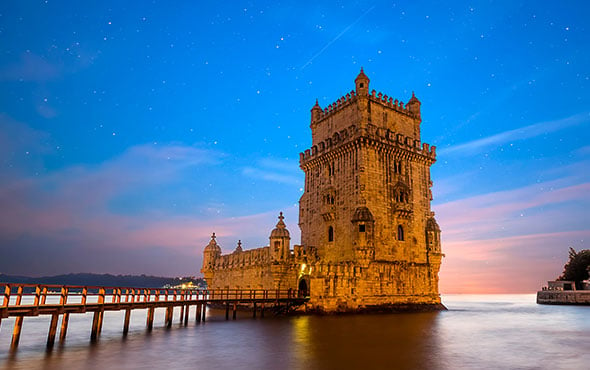


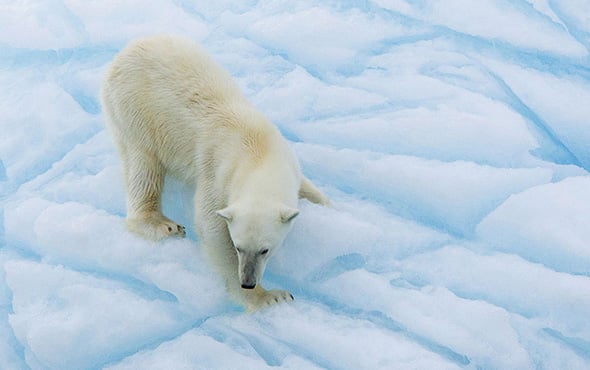
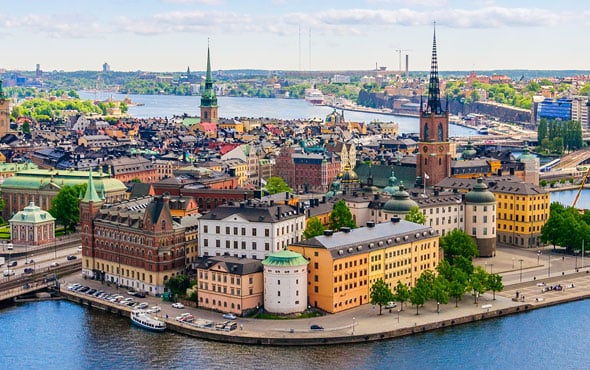



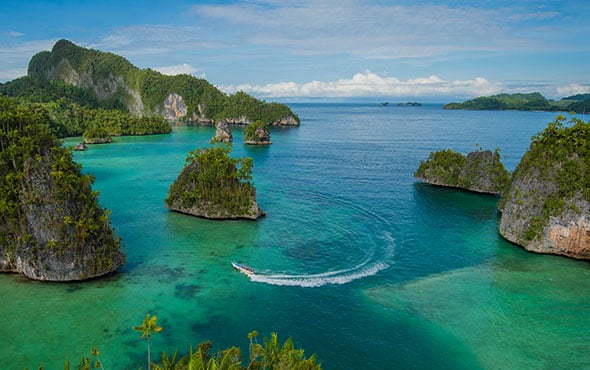
 The Americas
The Americas
 Europe, Middle East and Africa
Europe, Middle East and Africa Australia, NZ and Asia
Australia, NZ and Asia